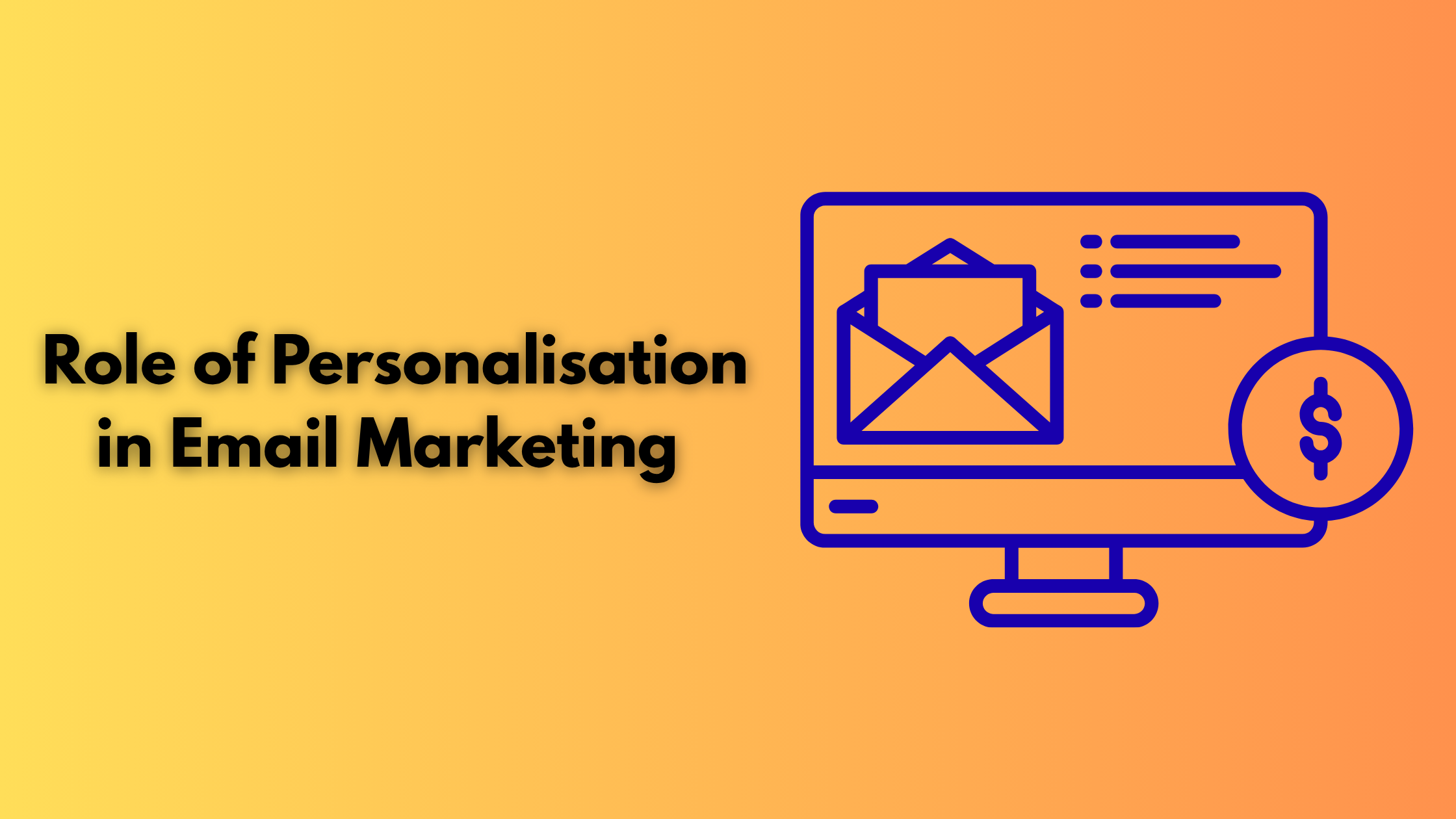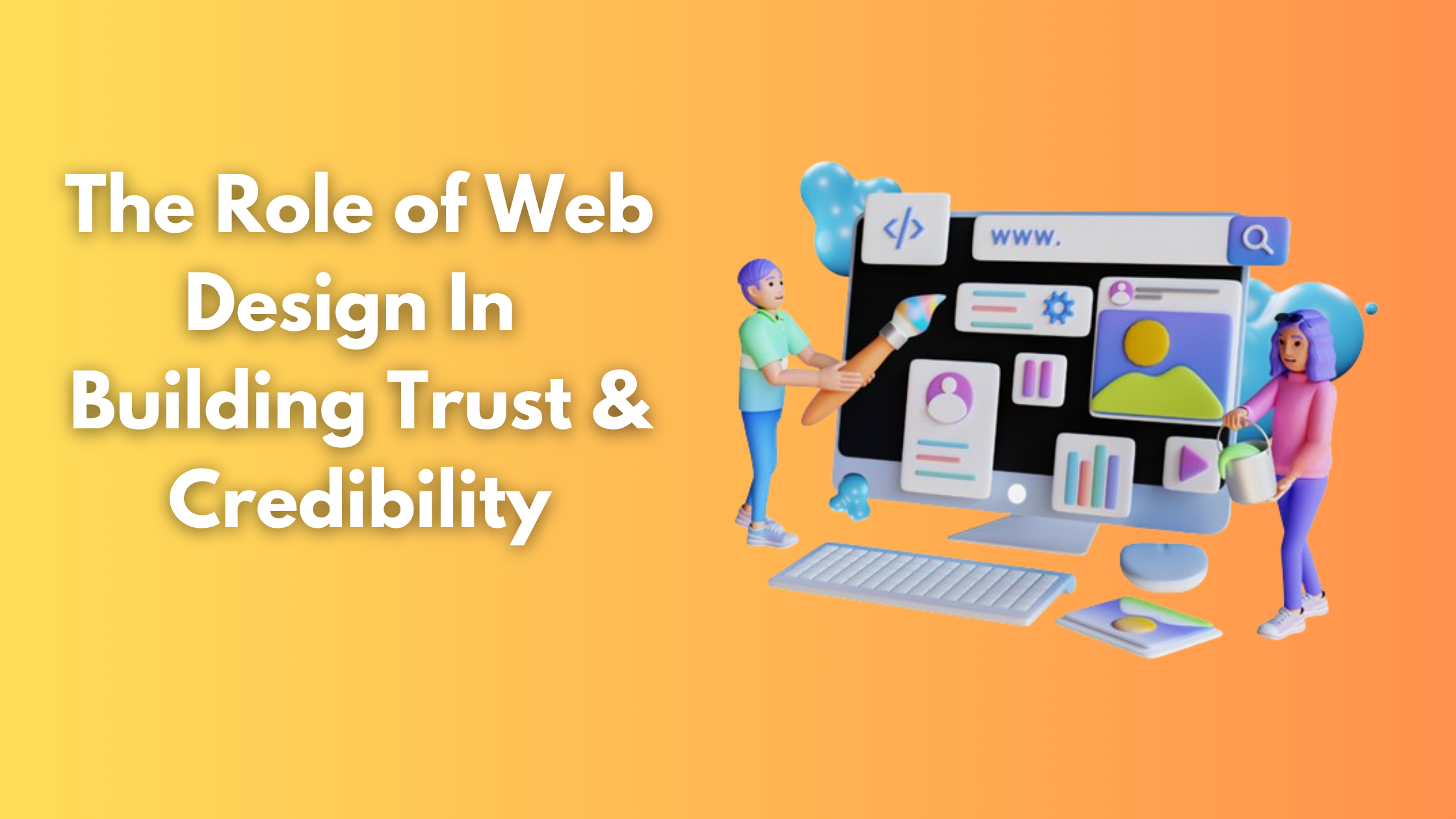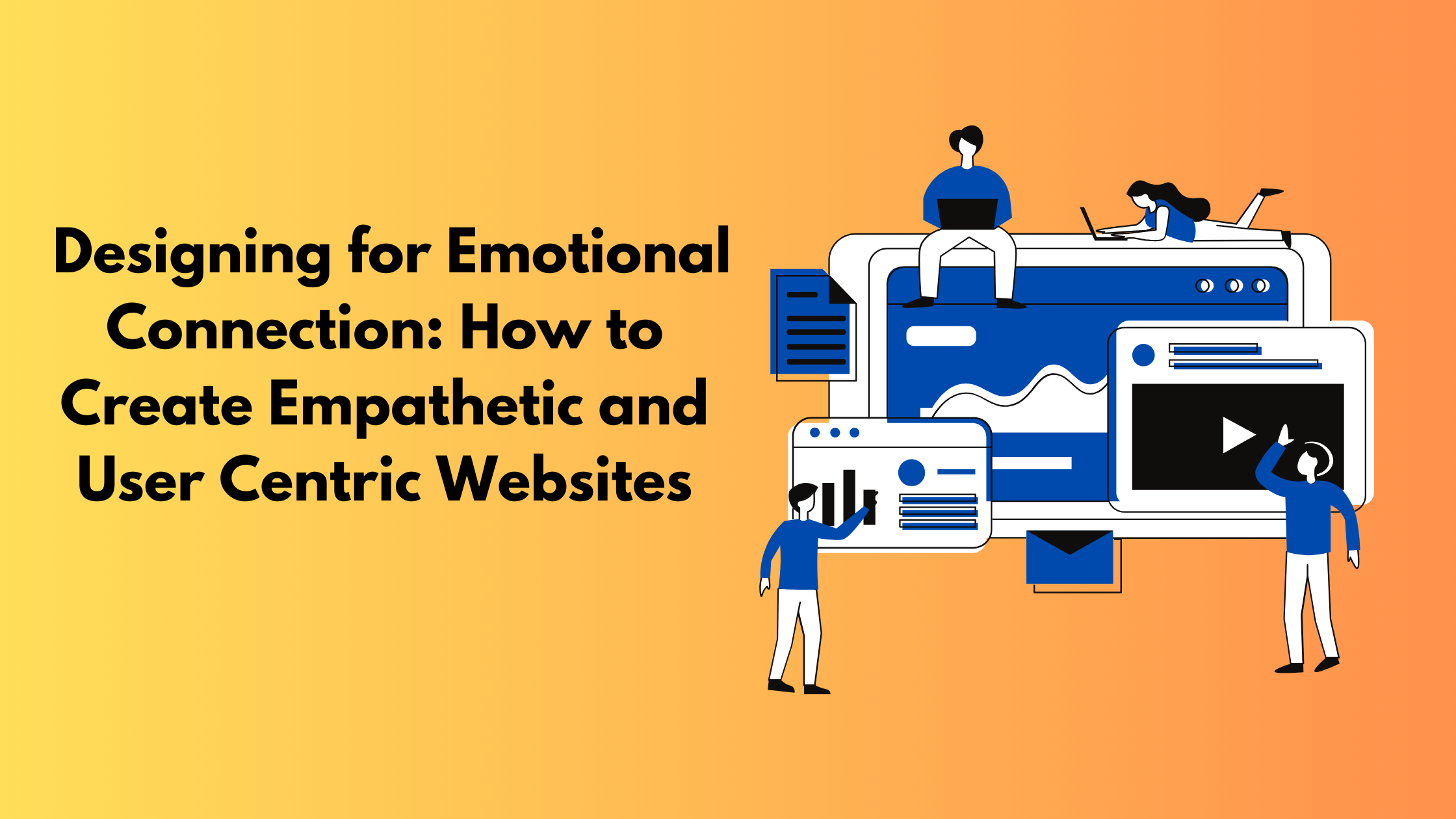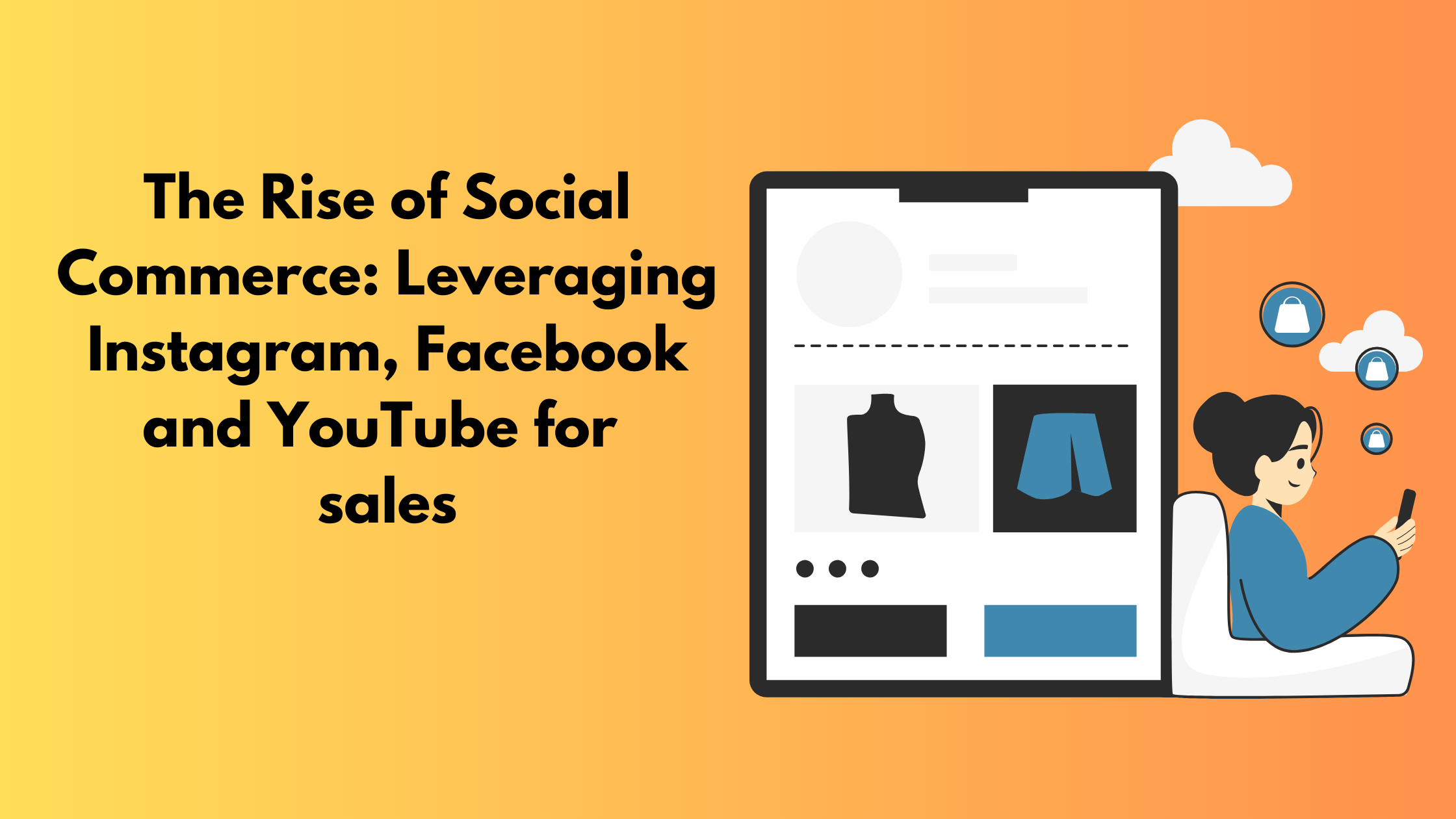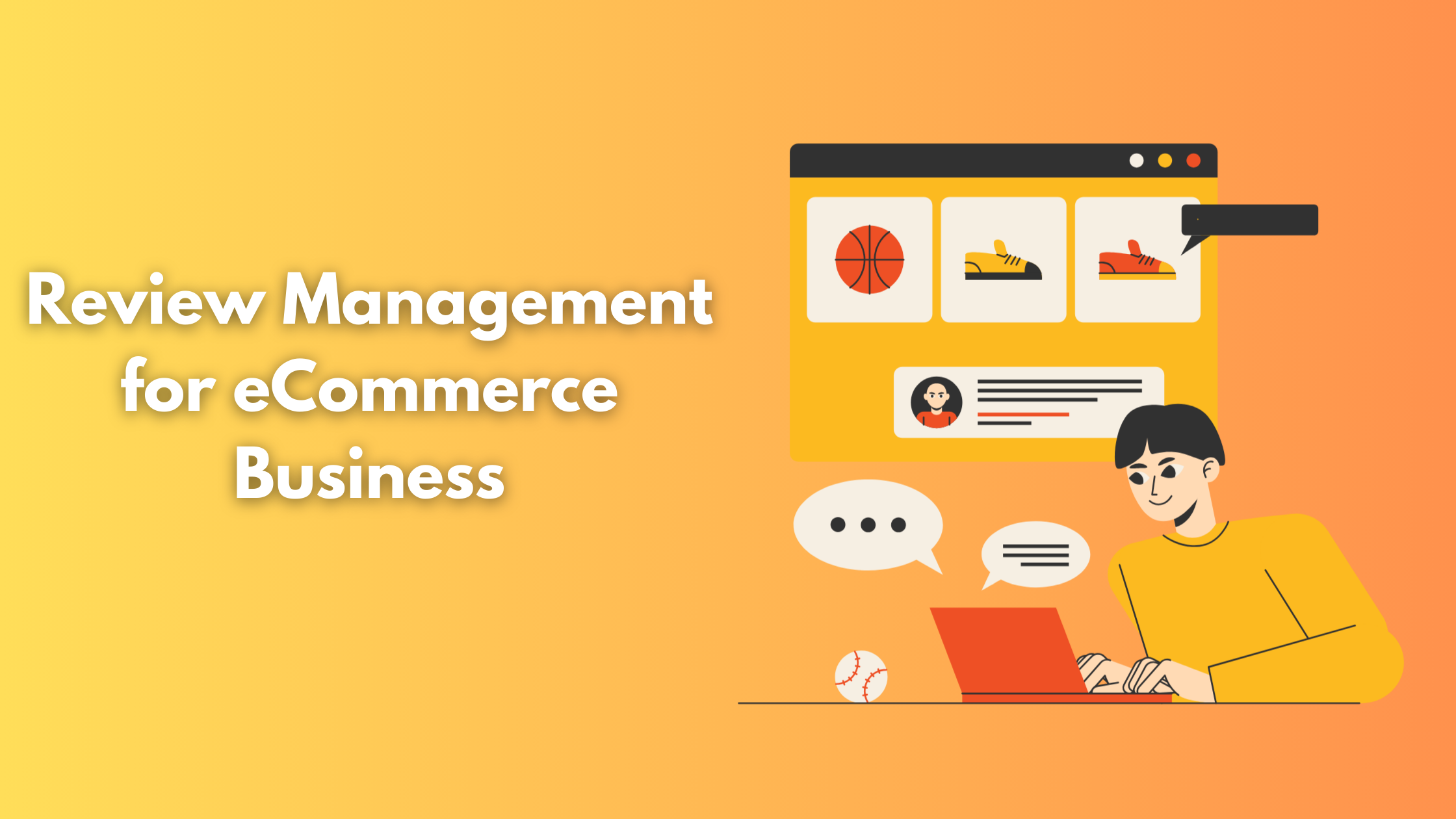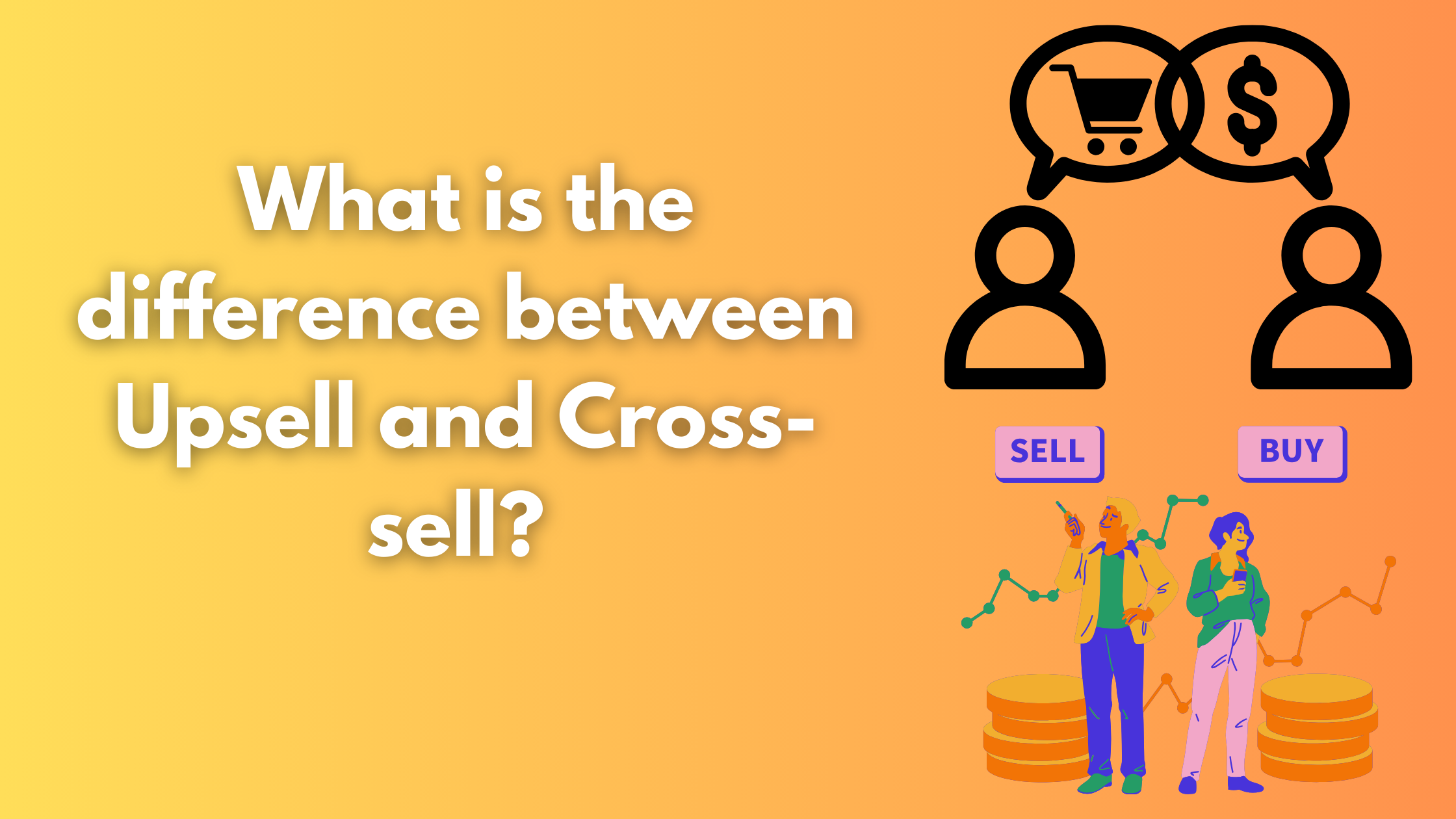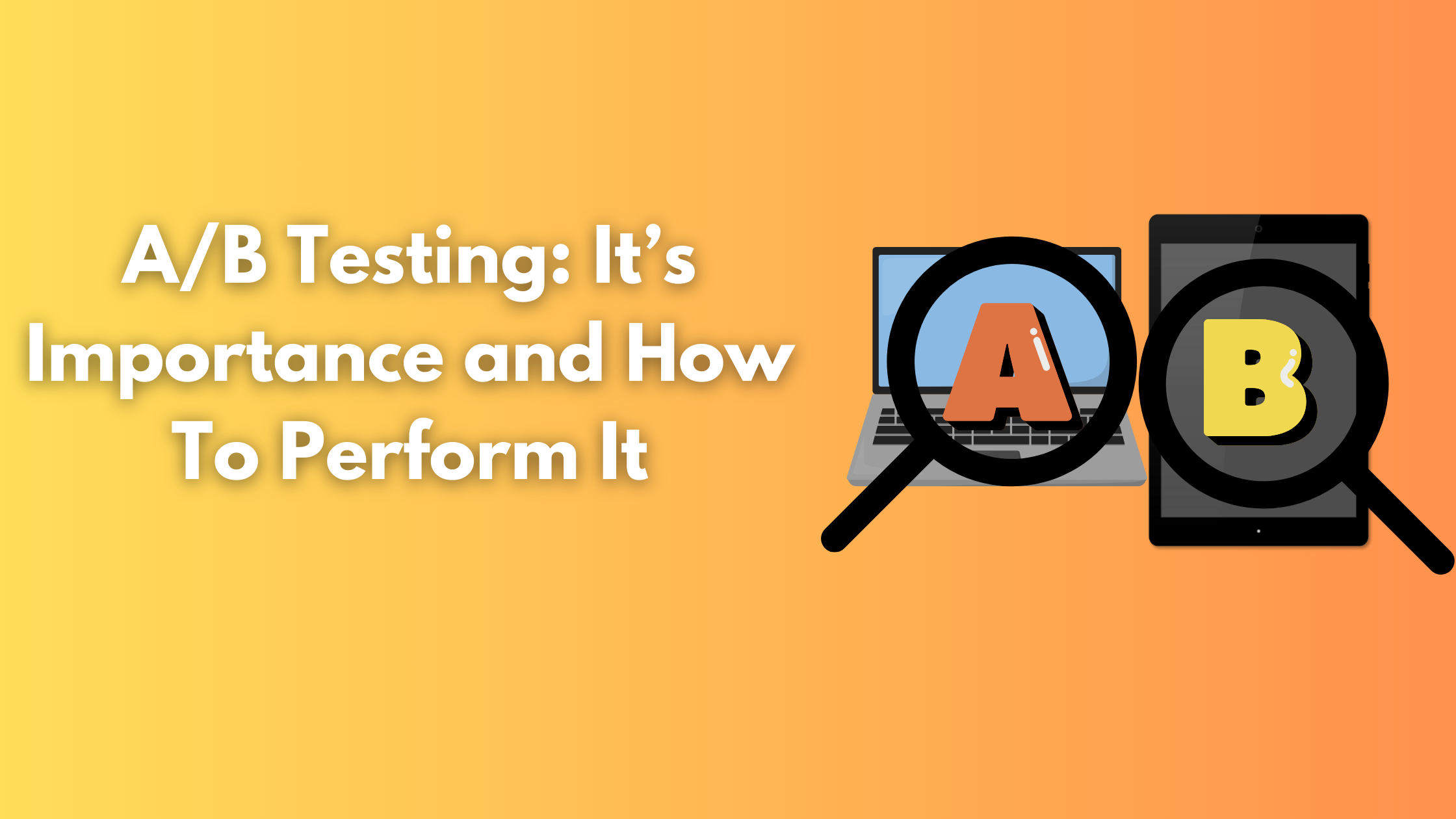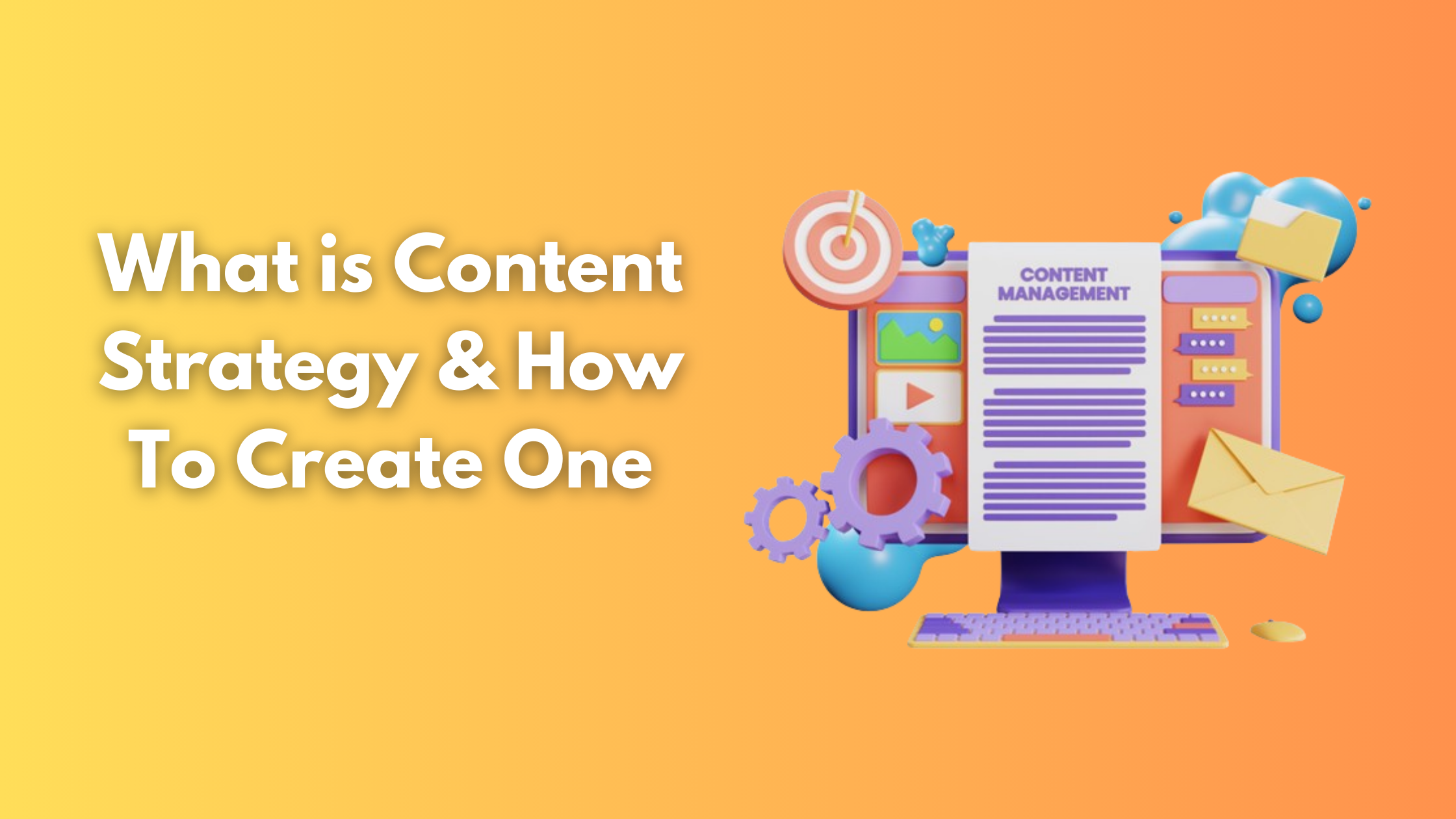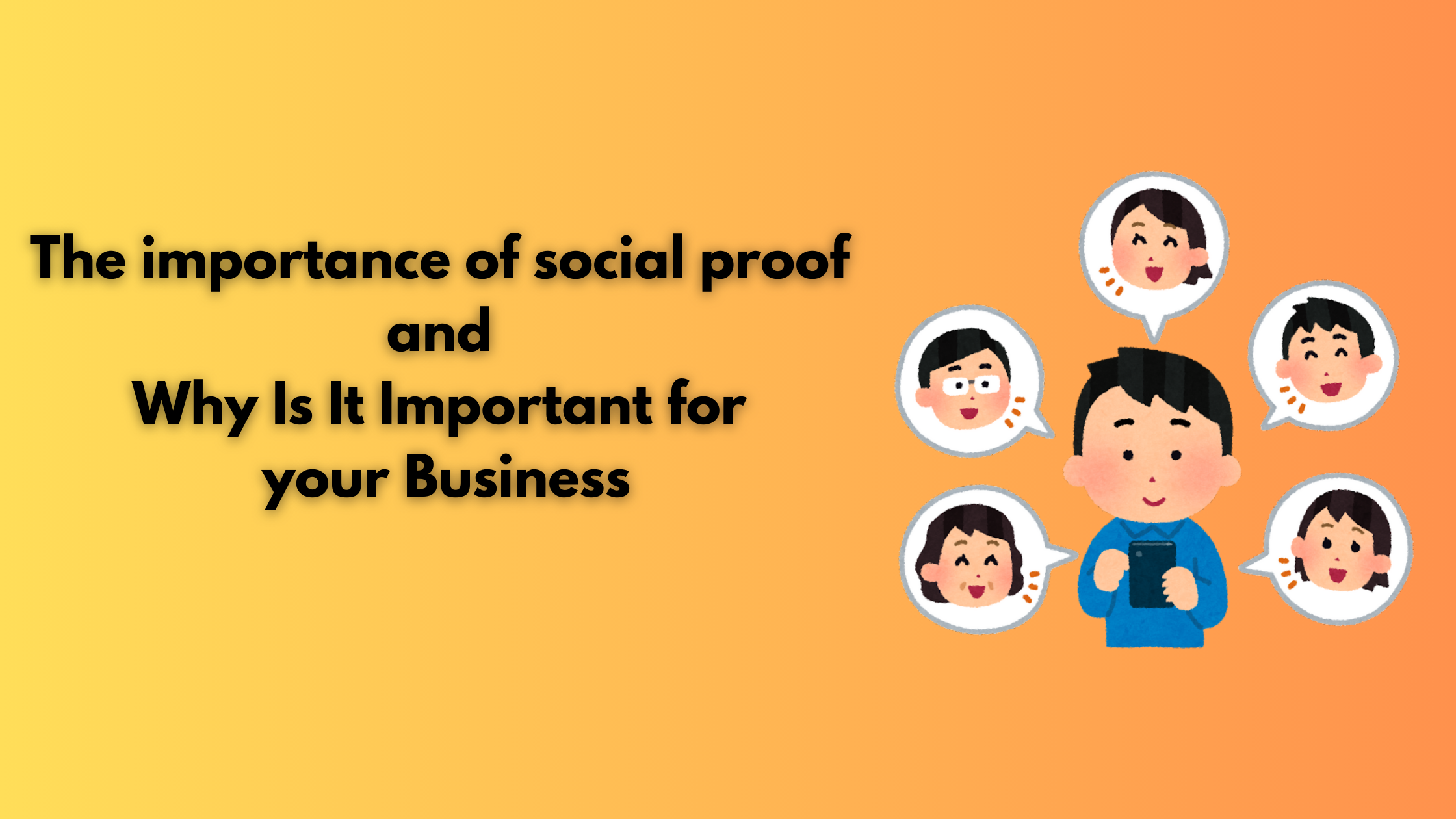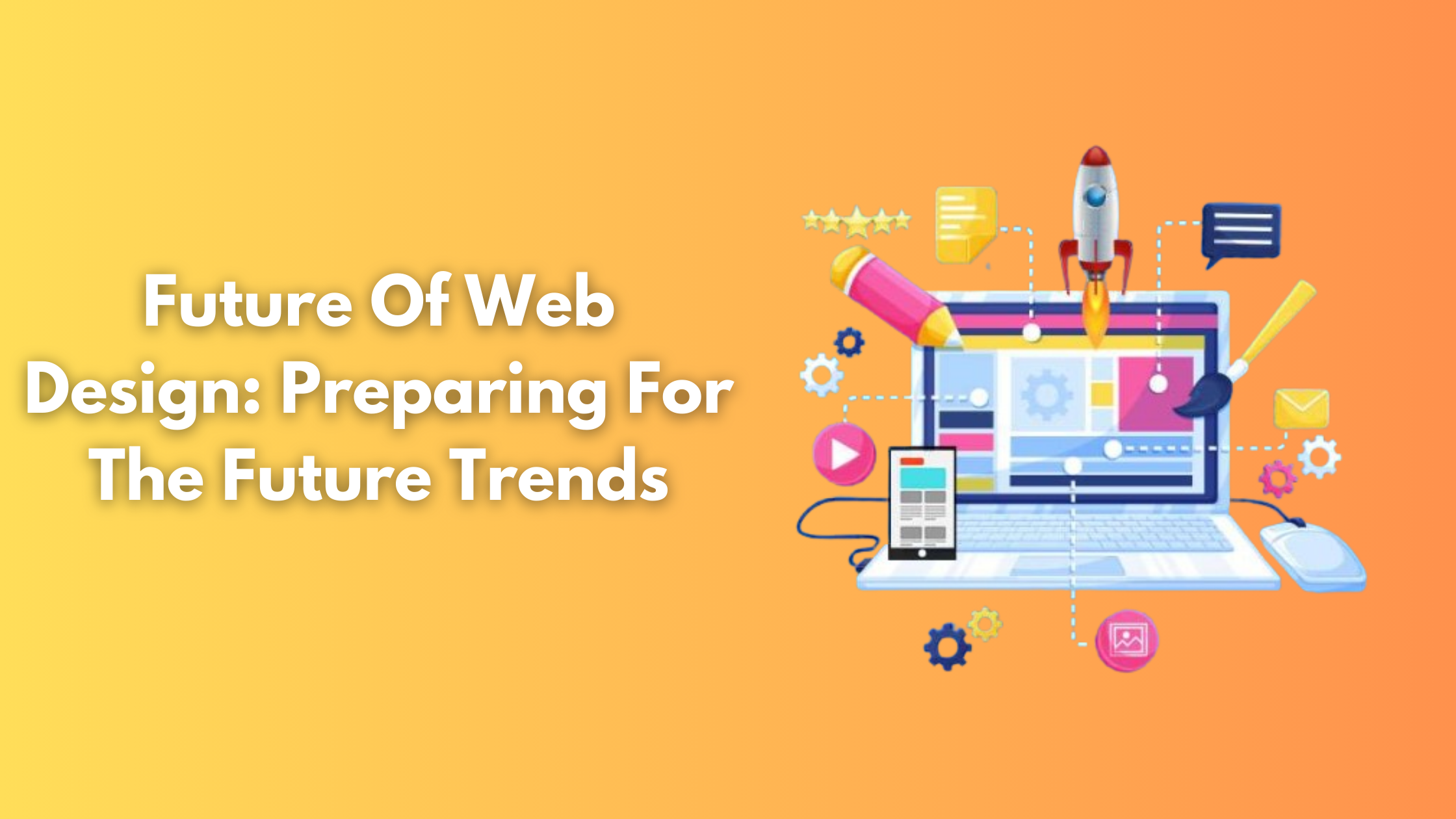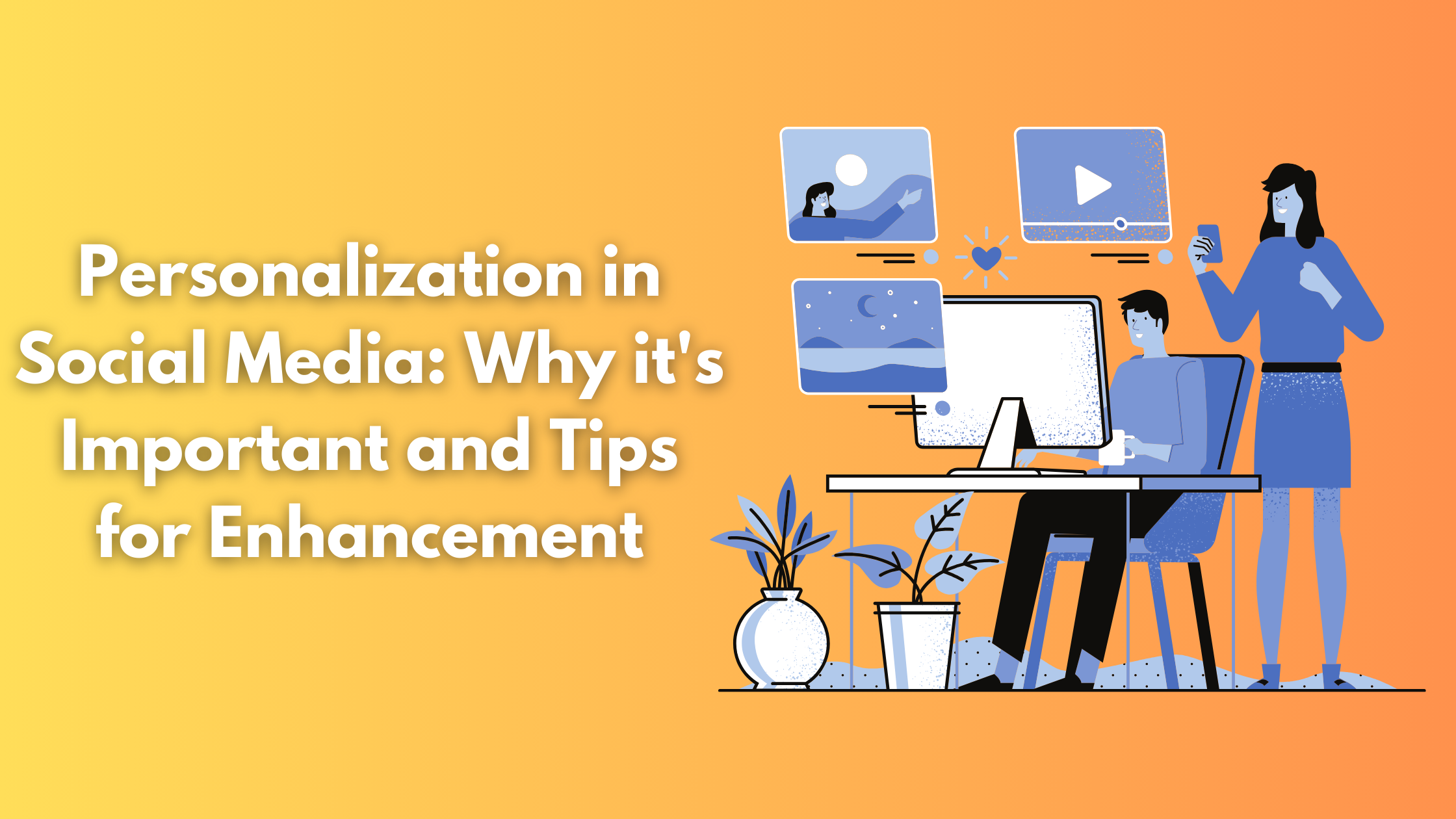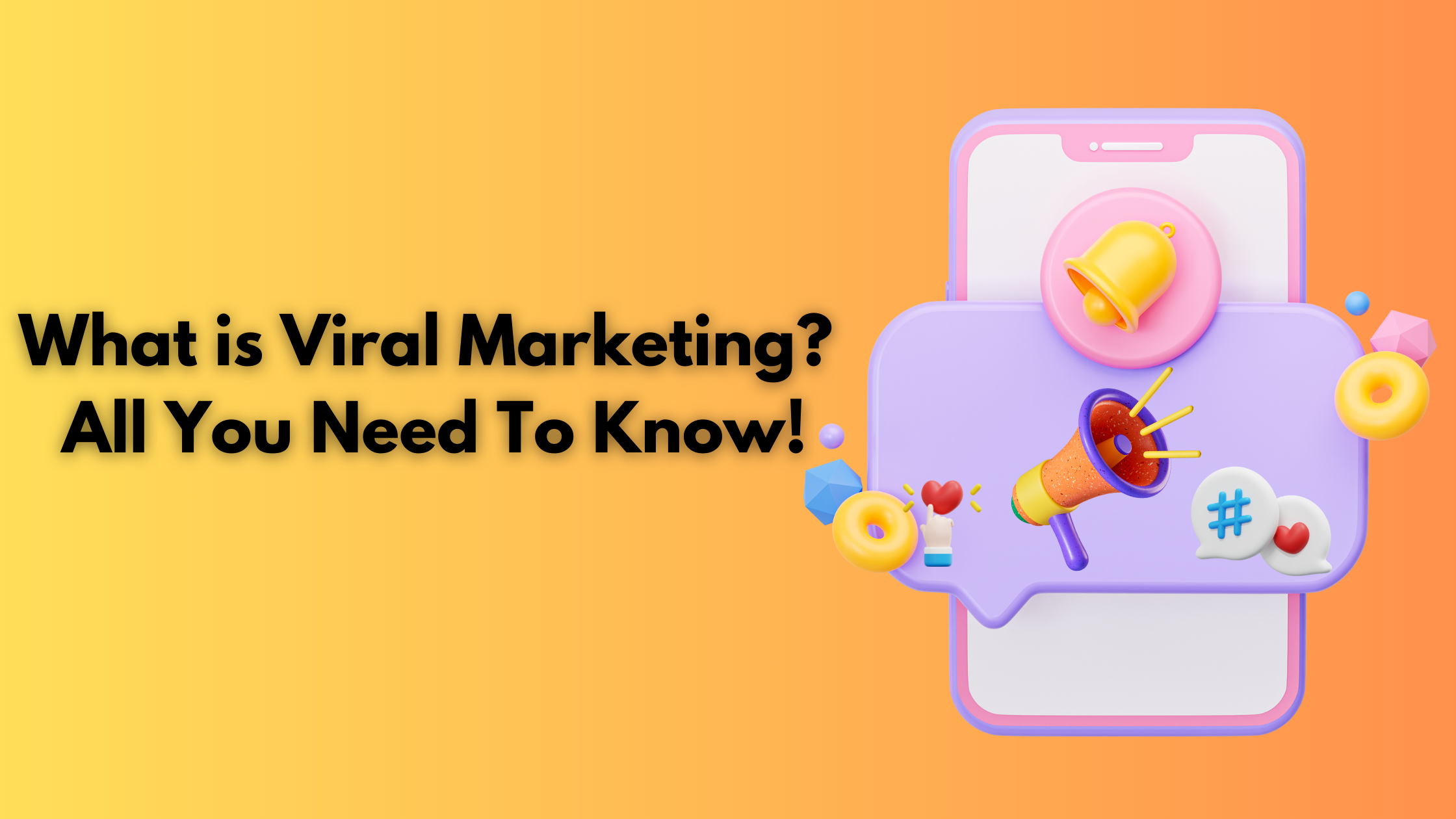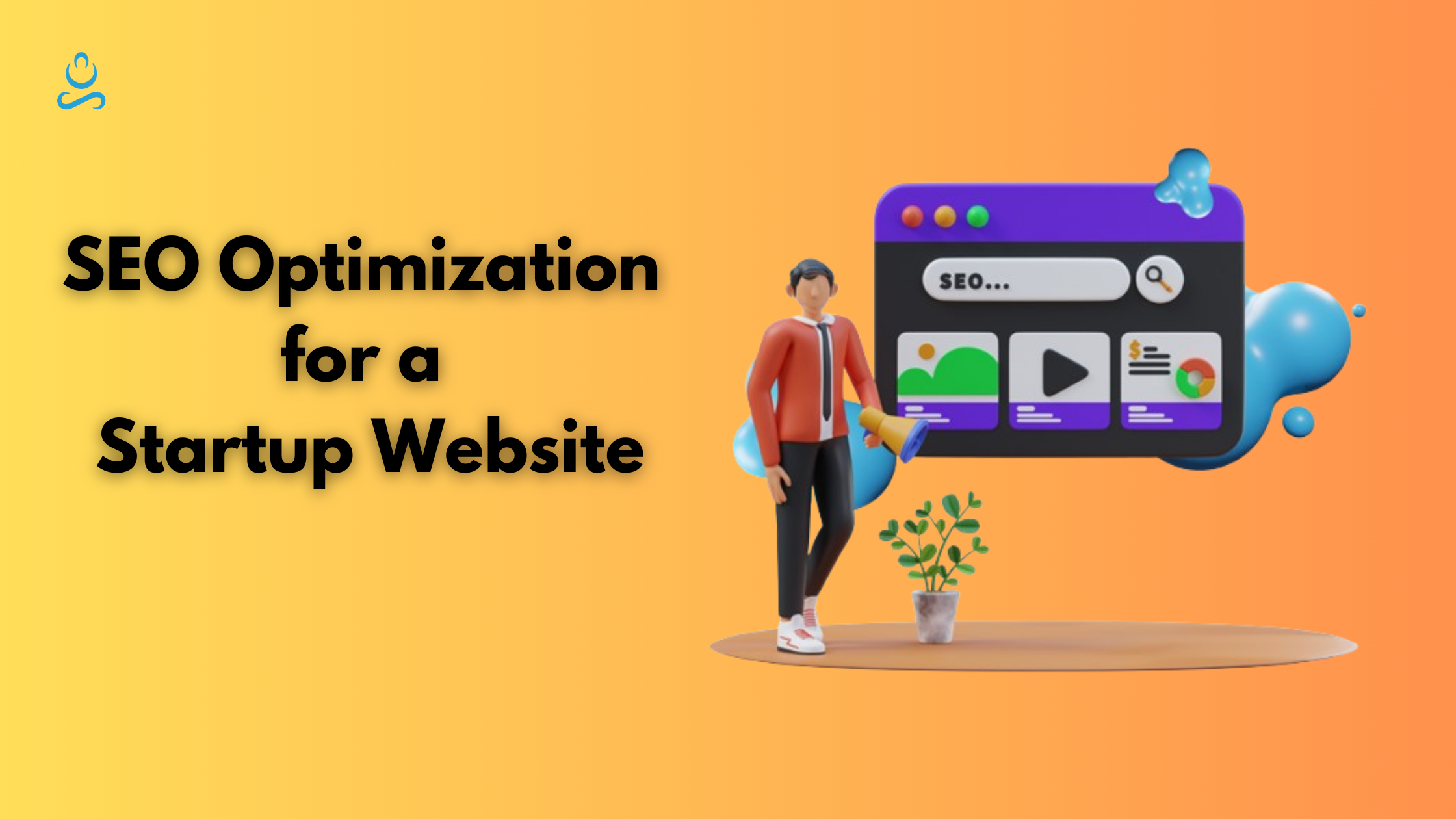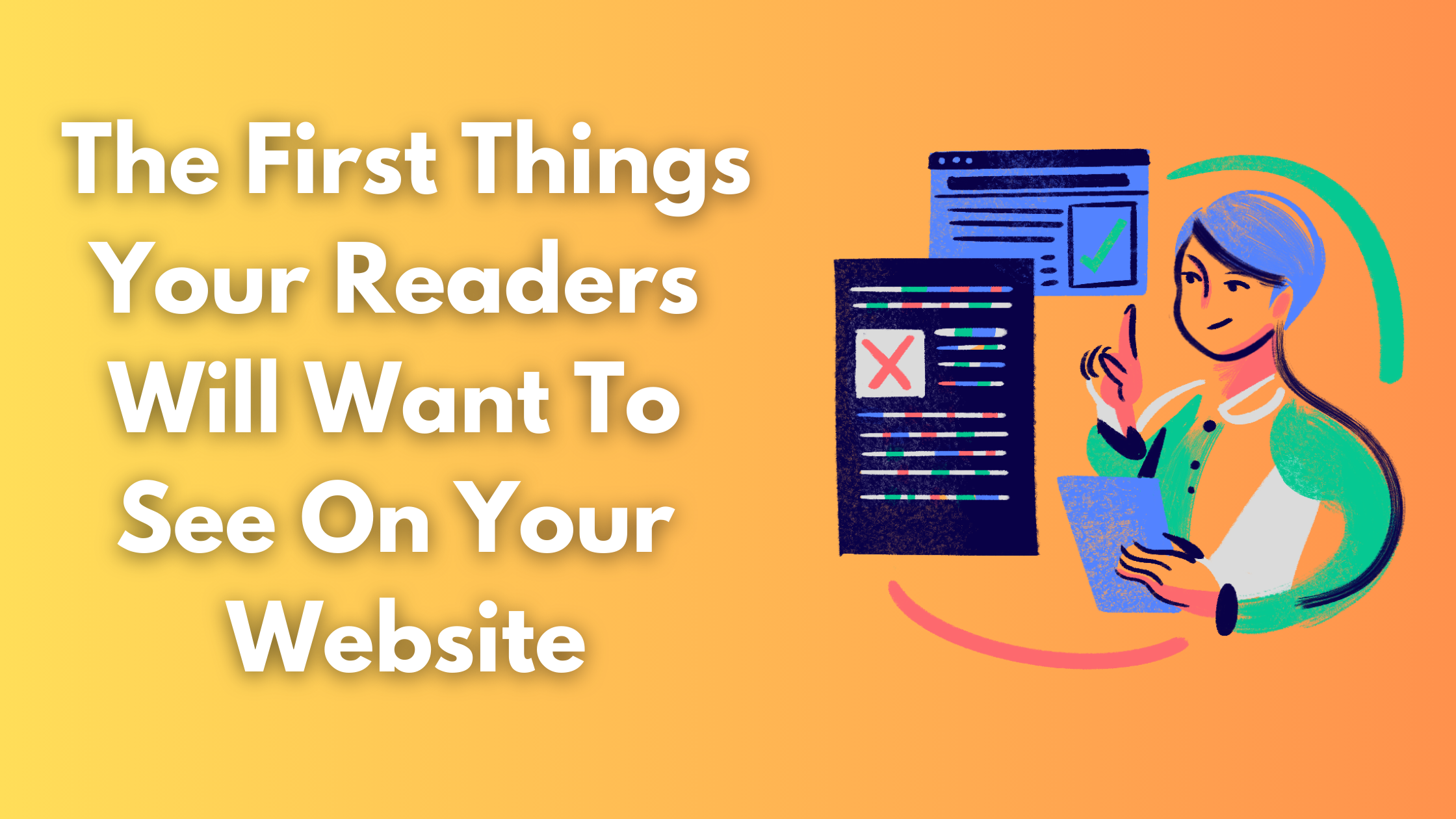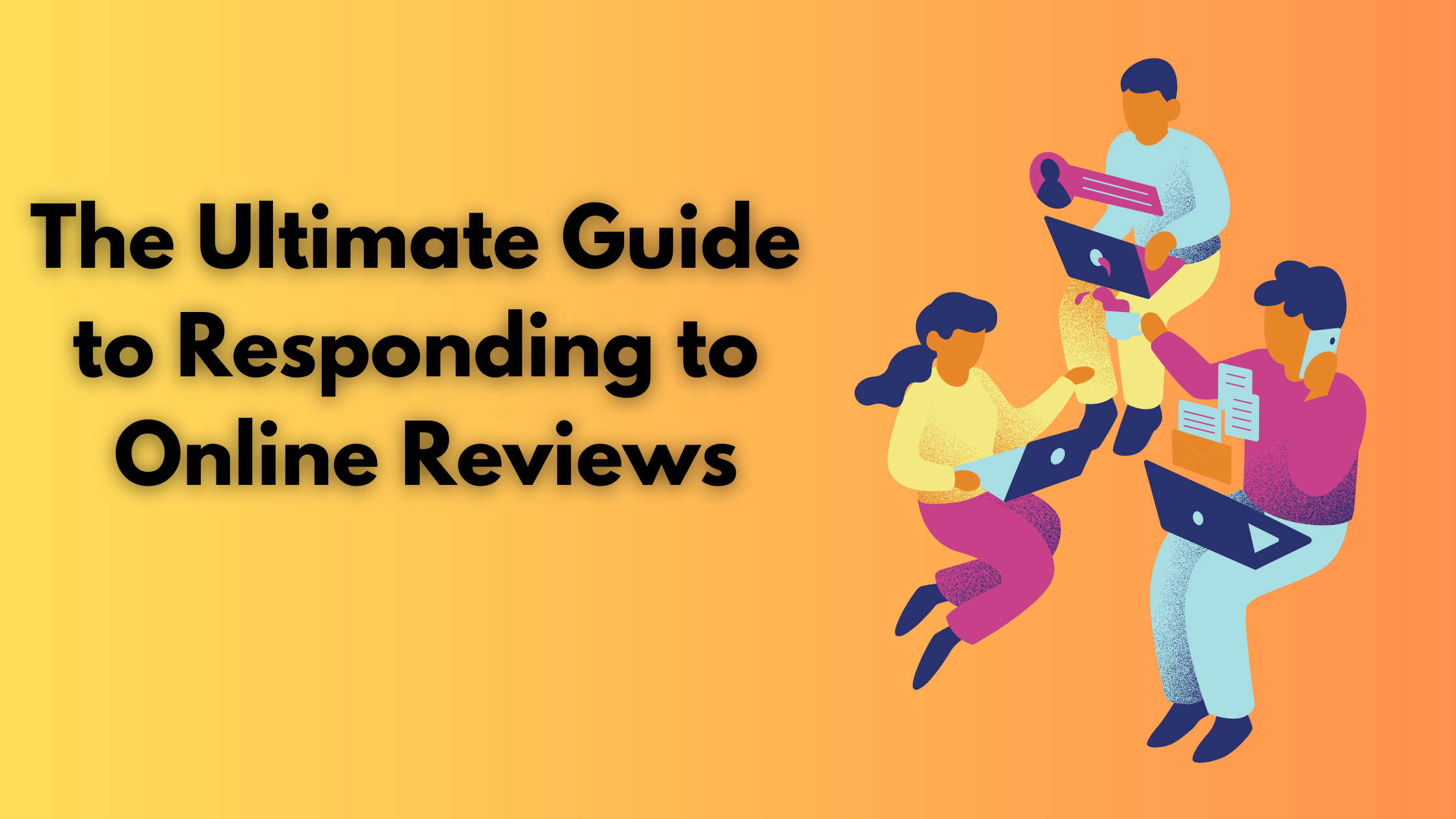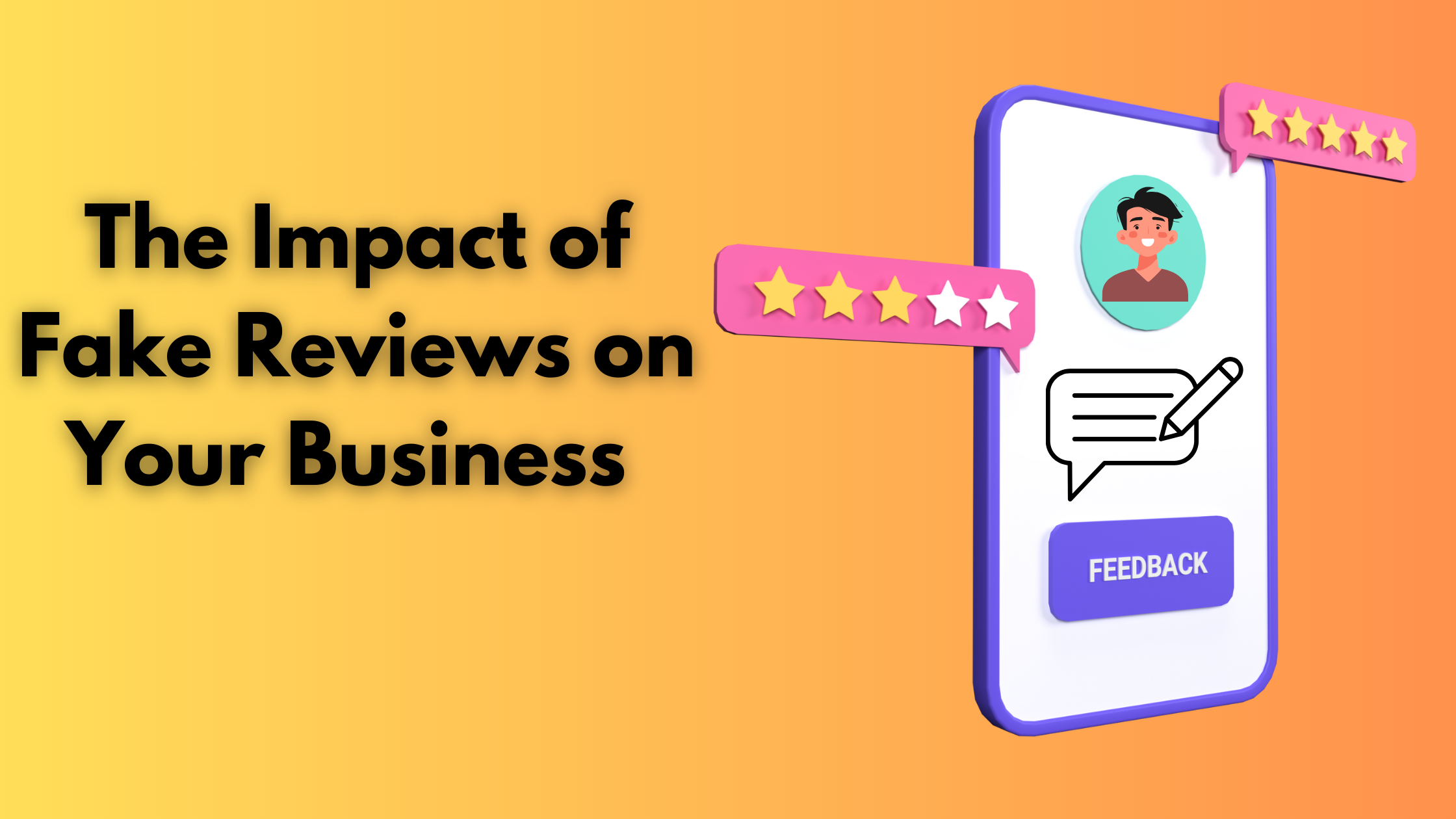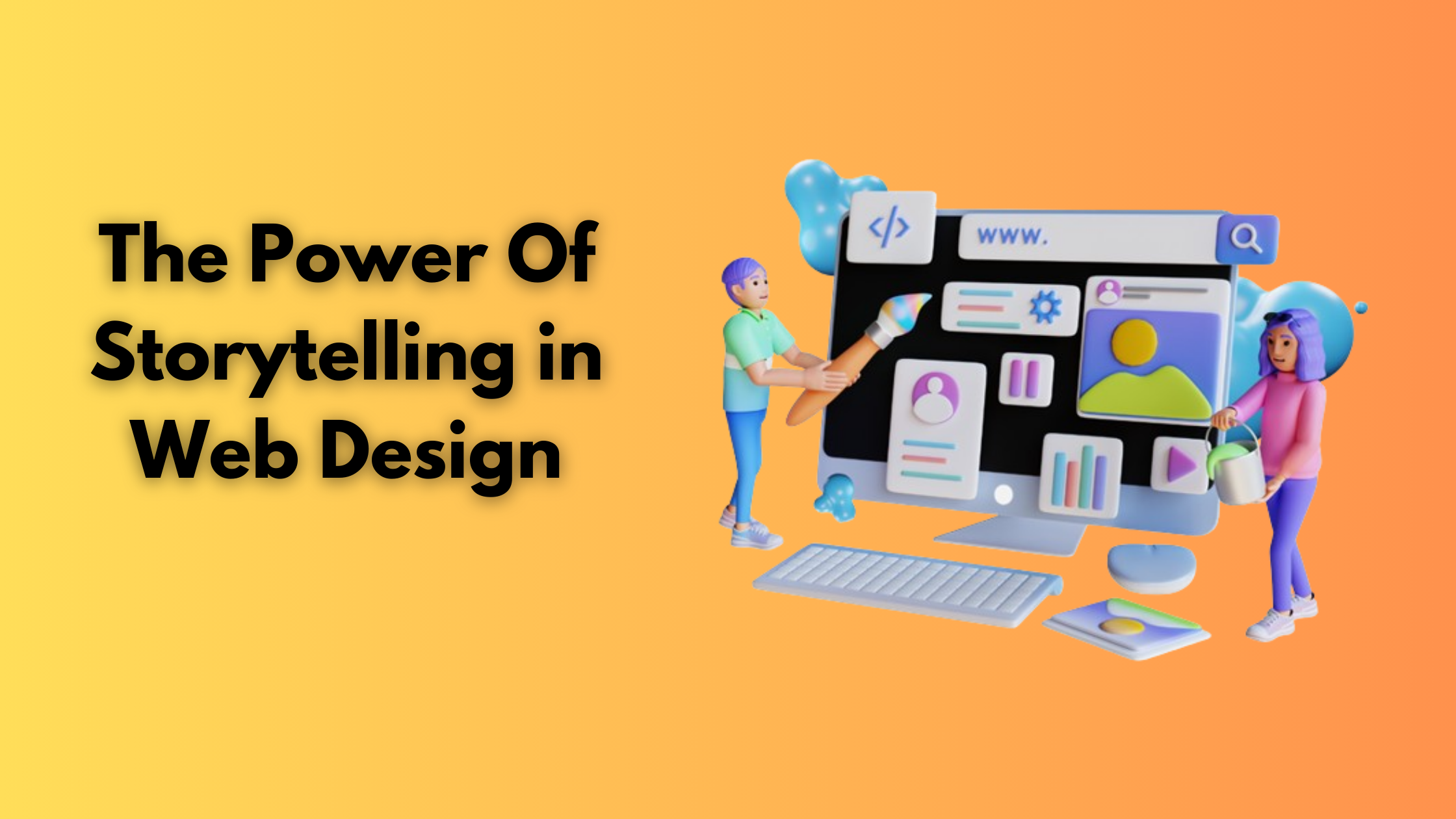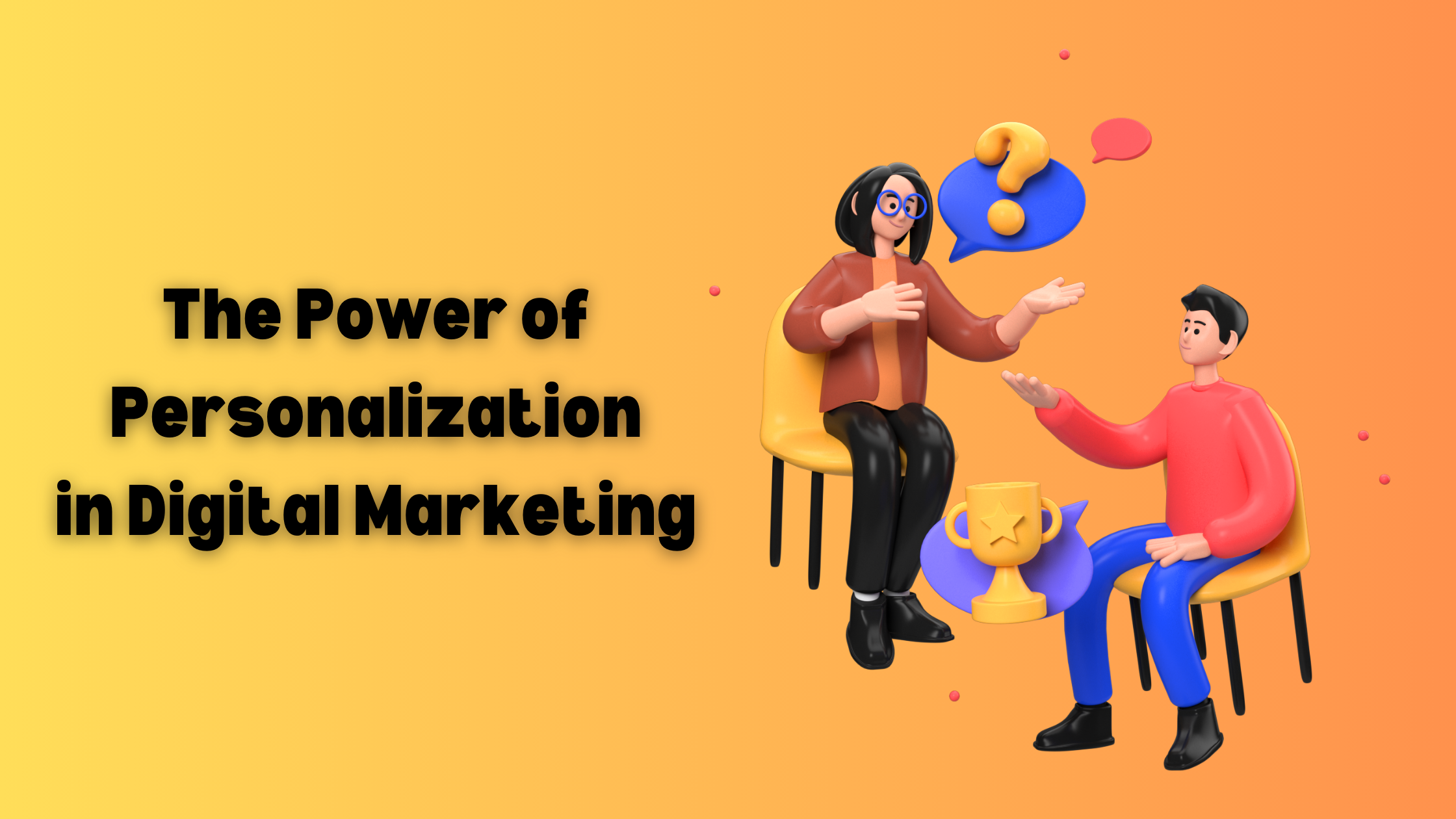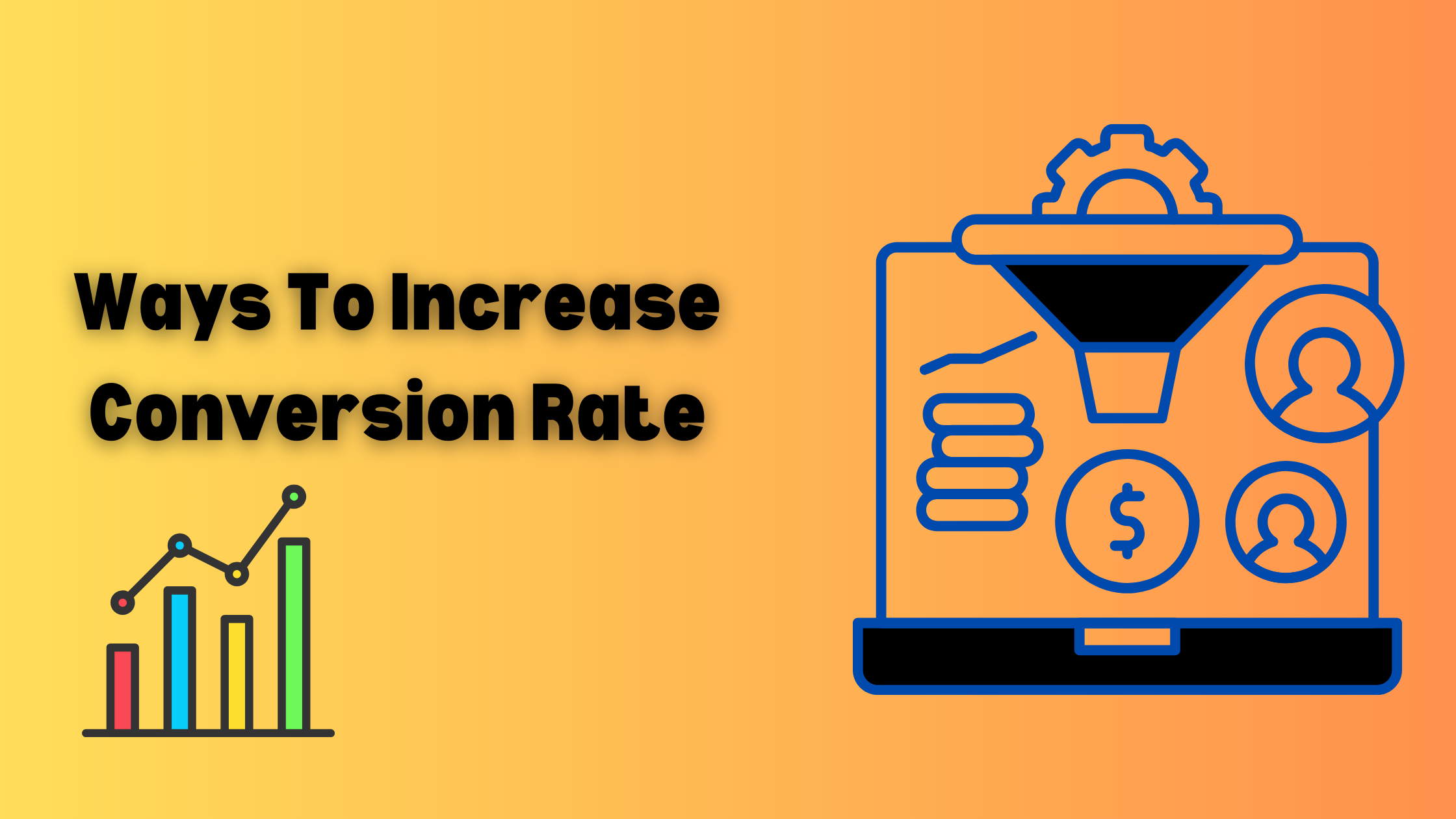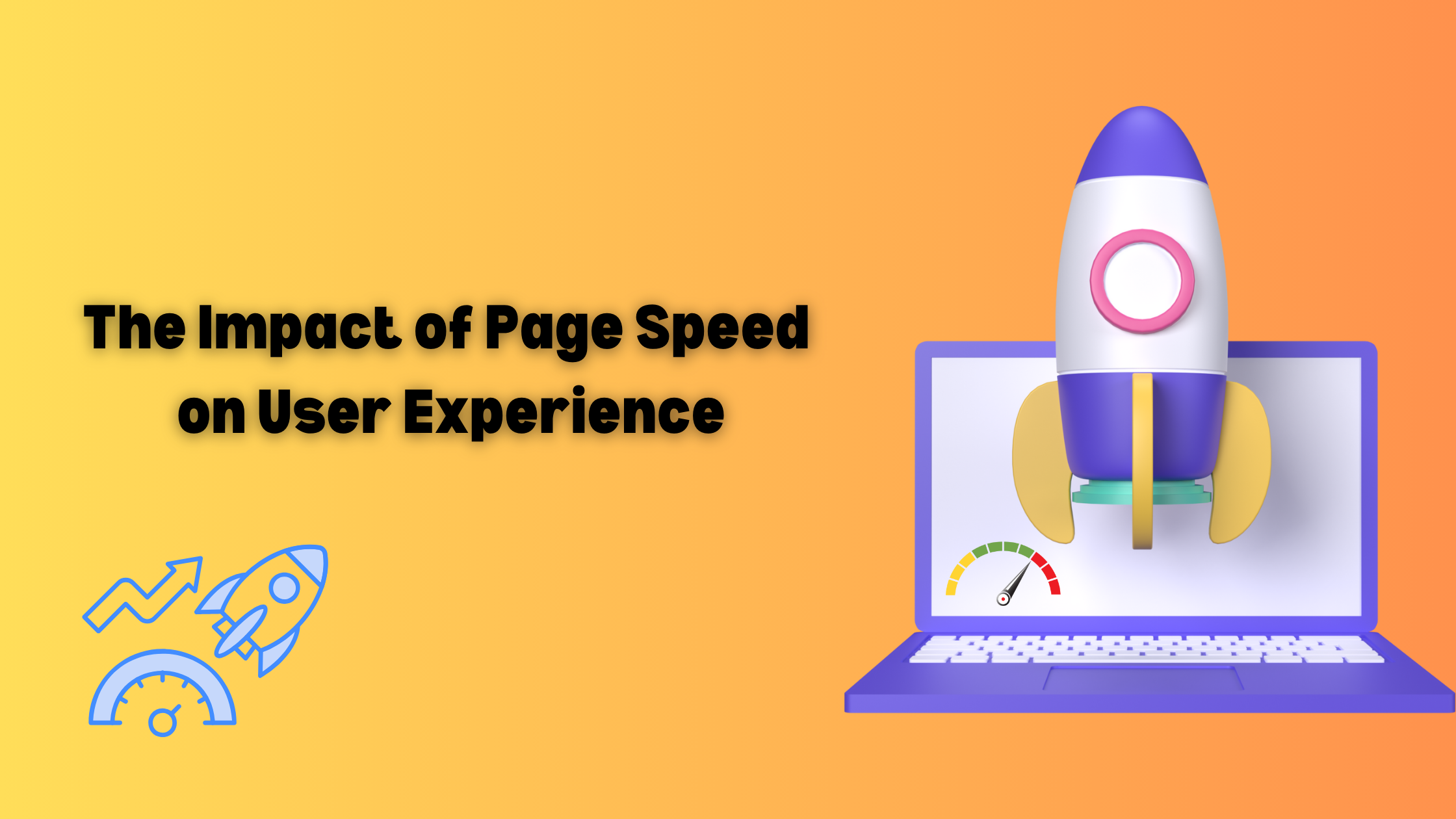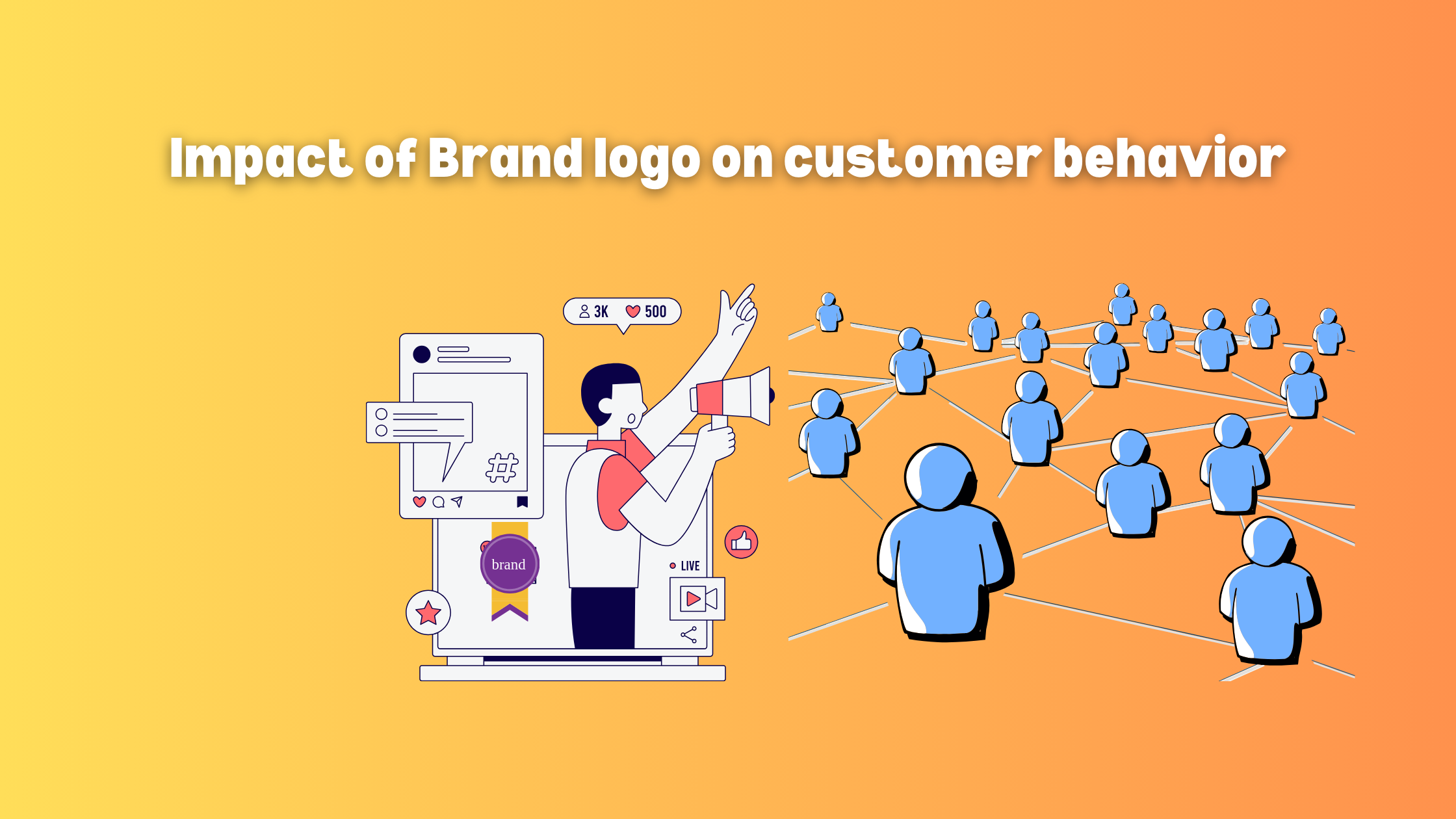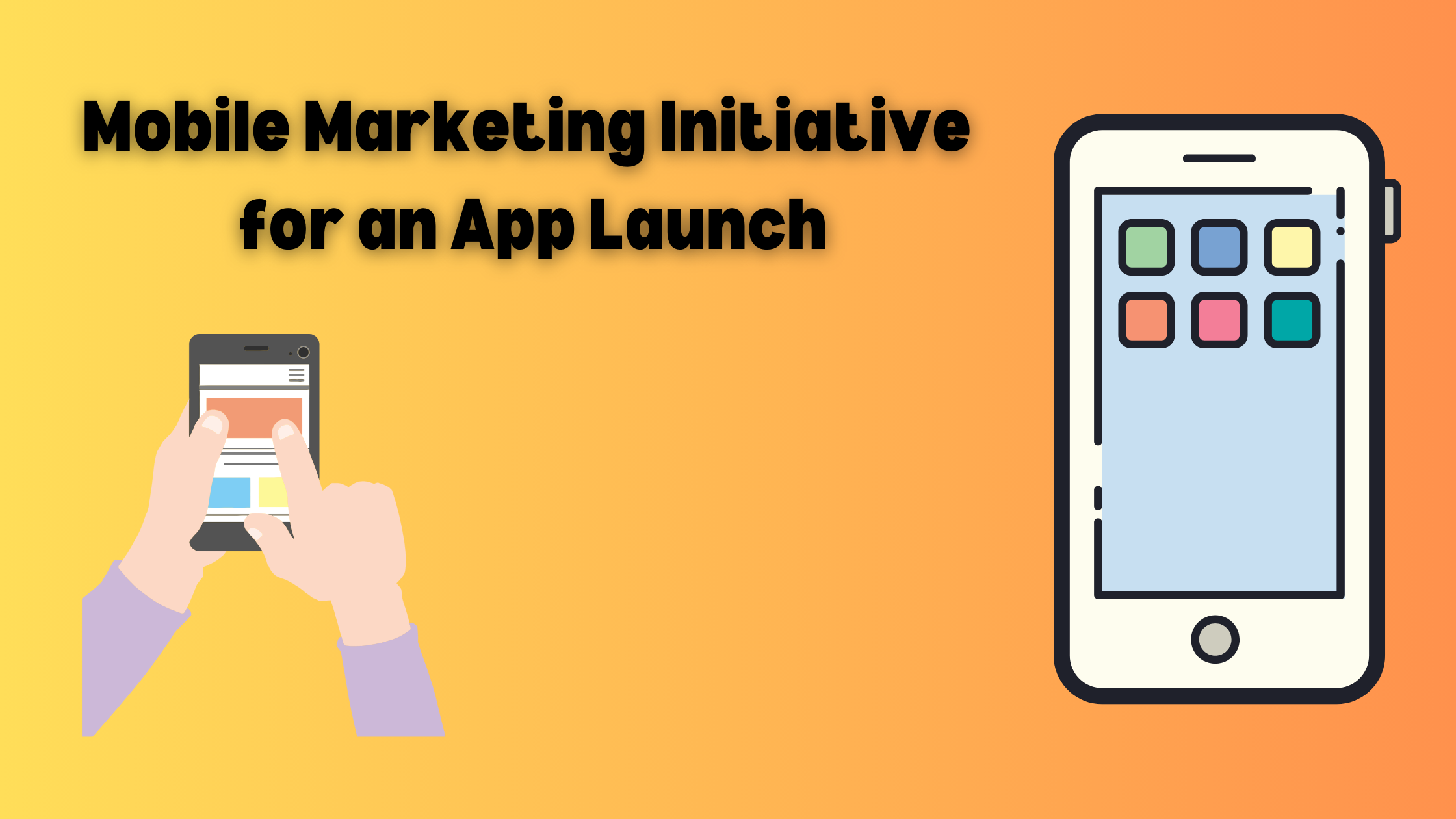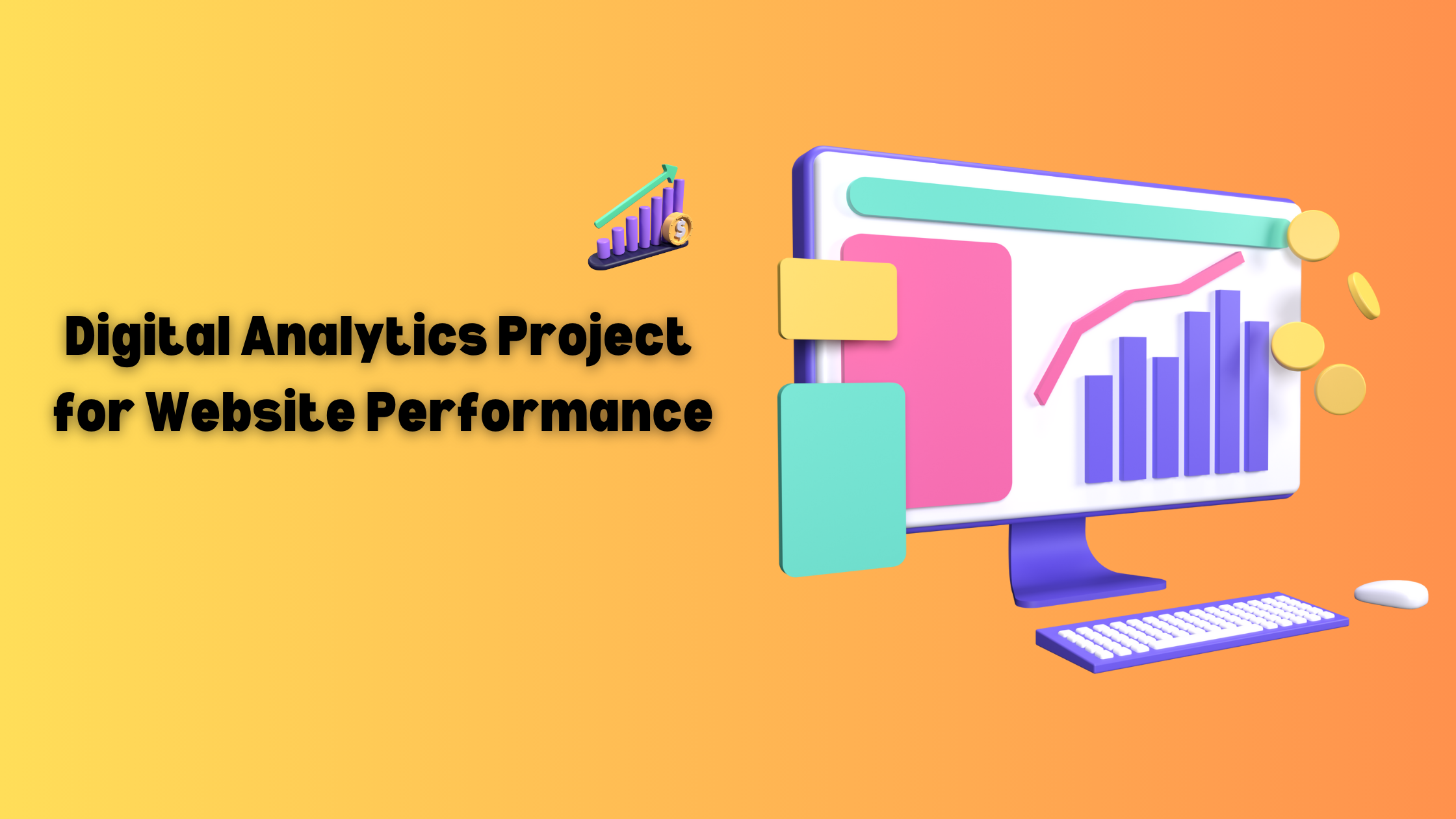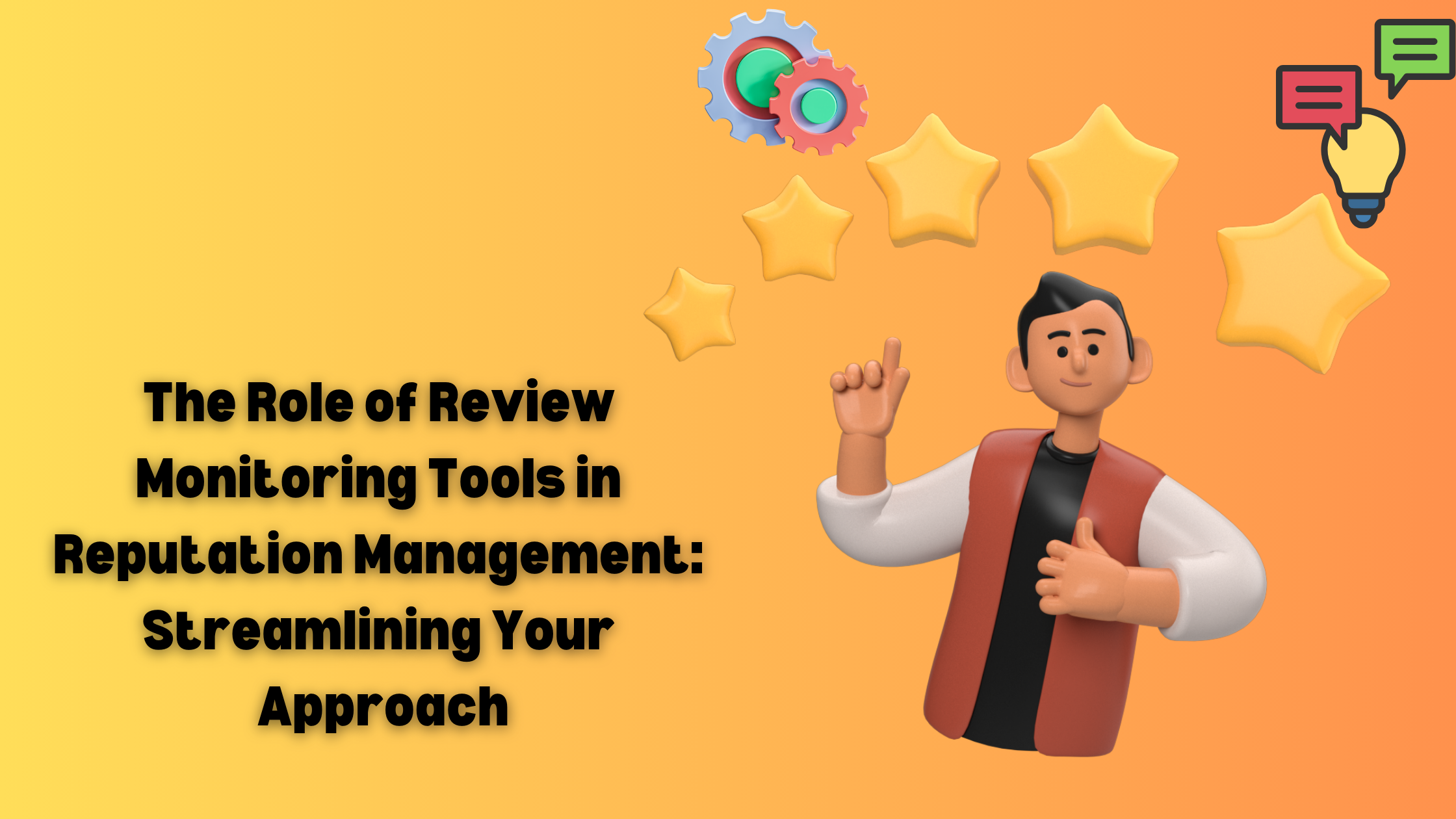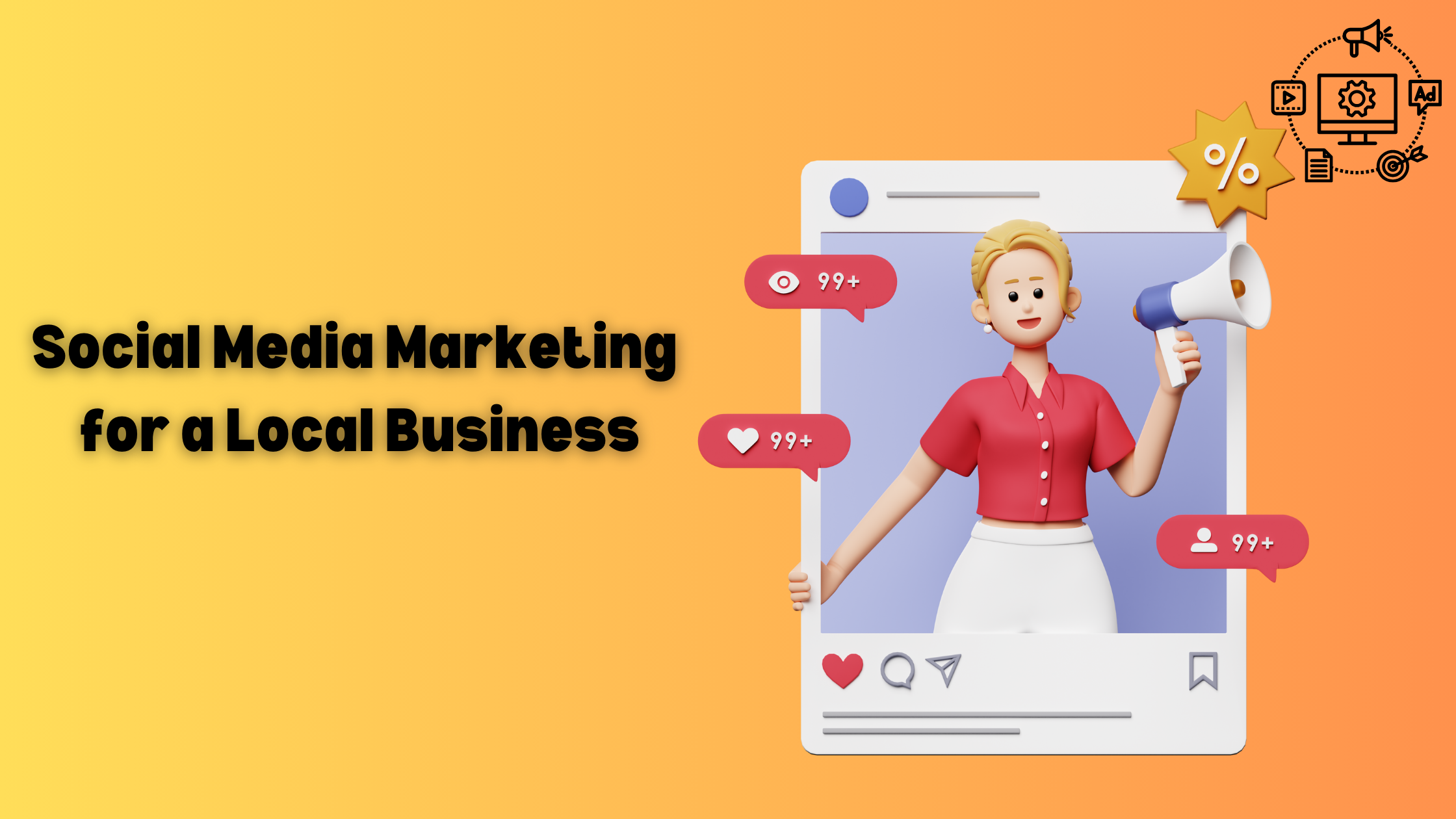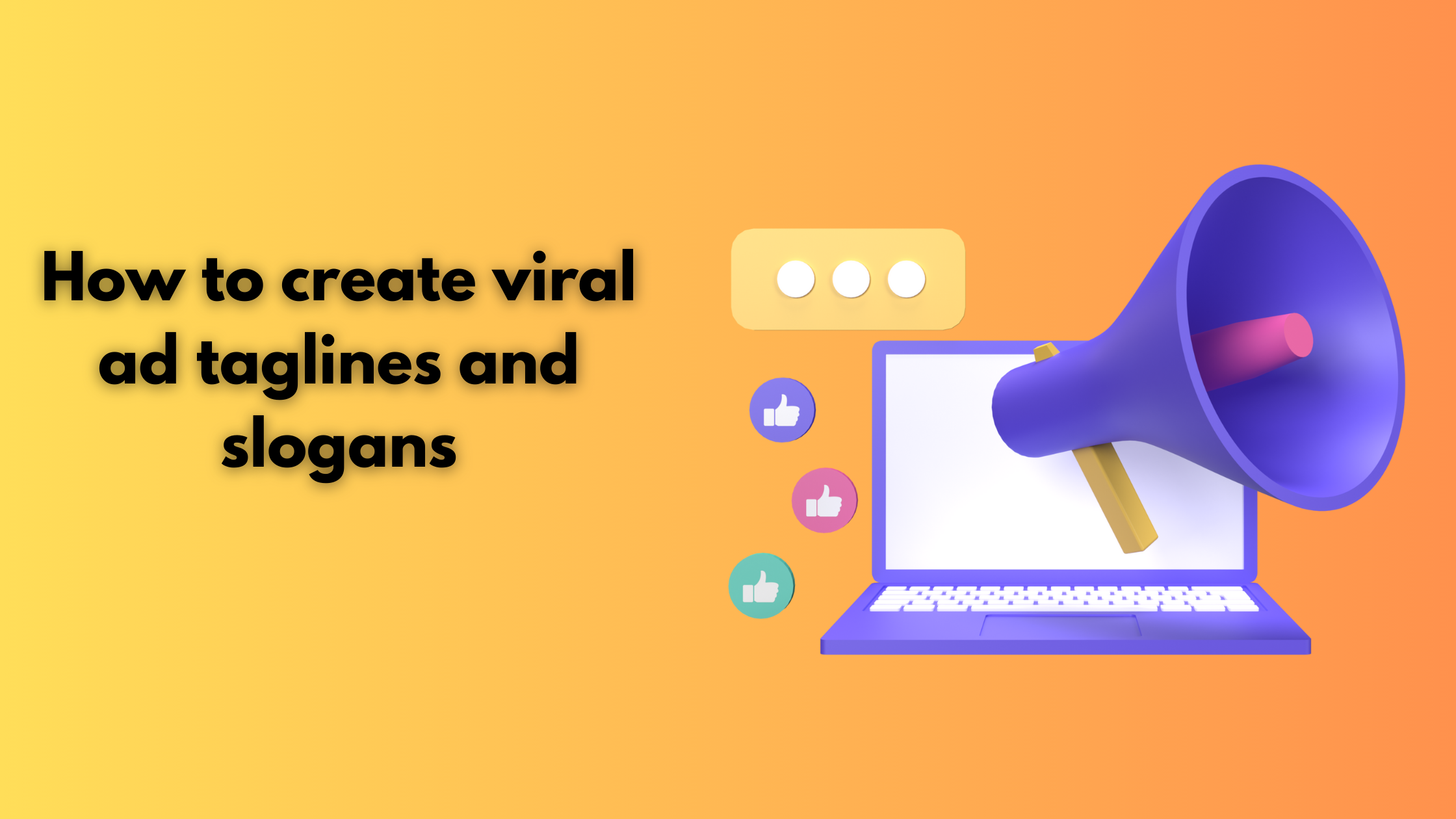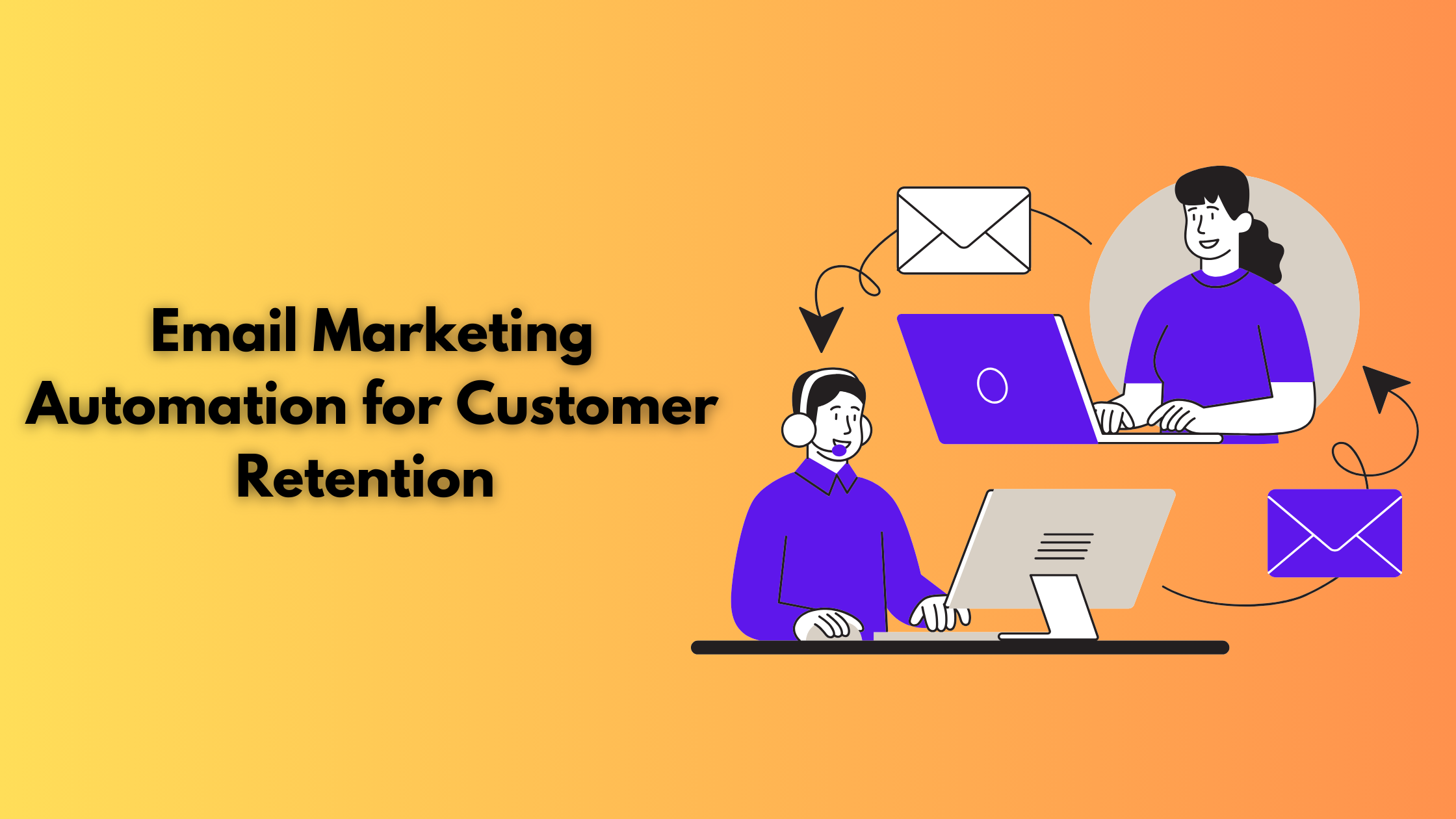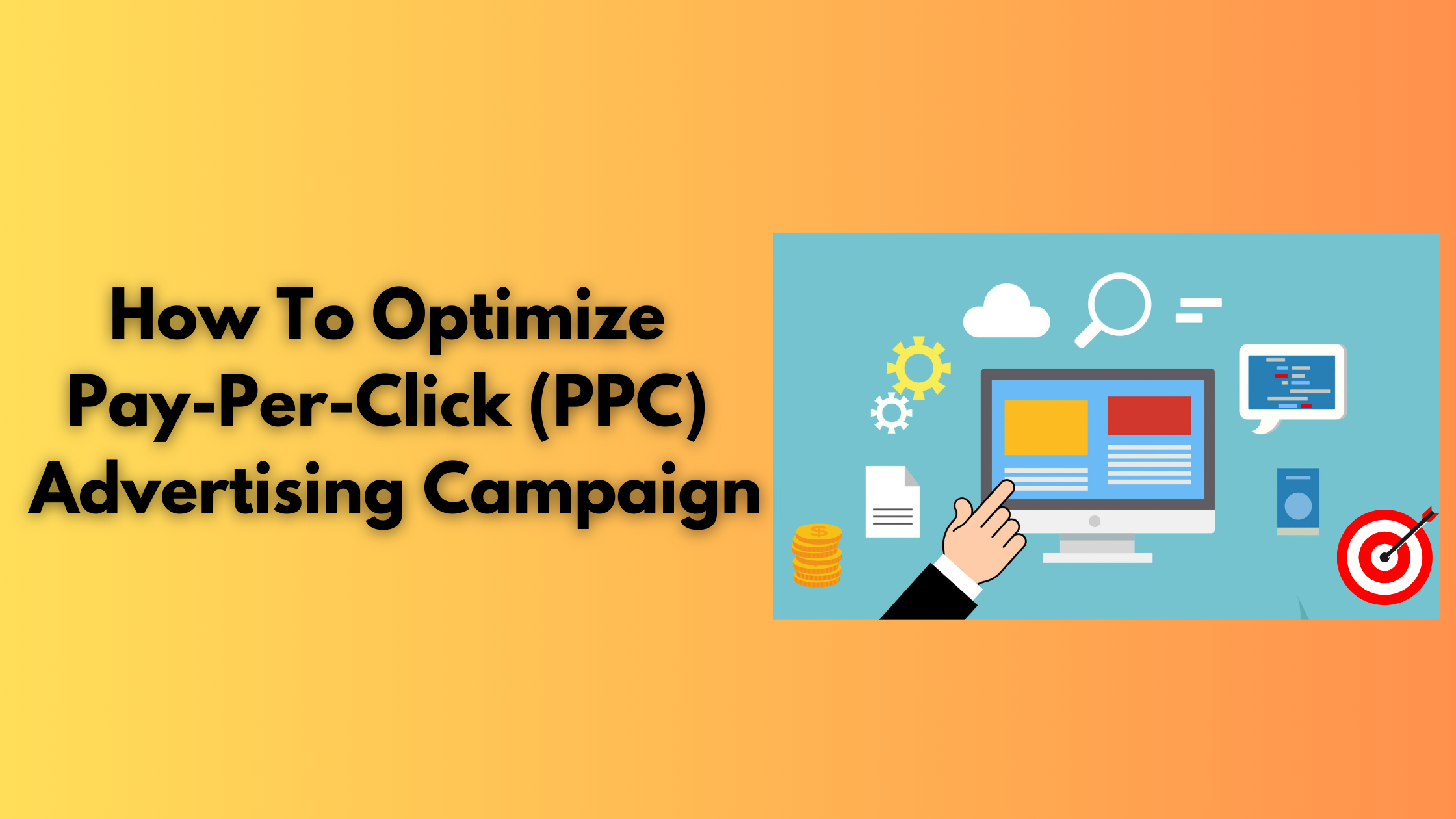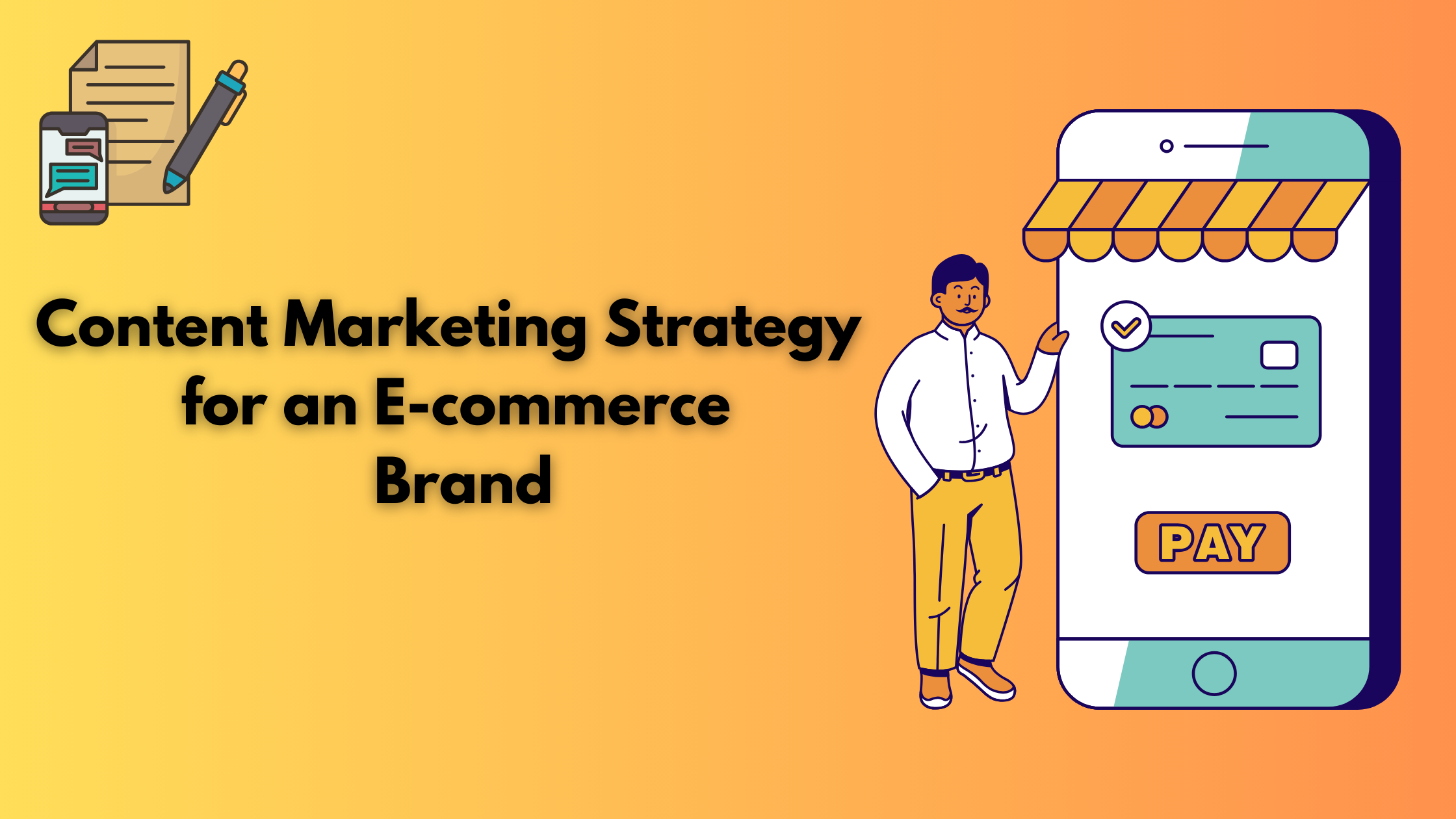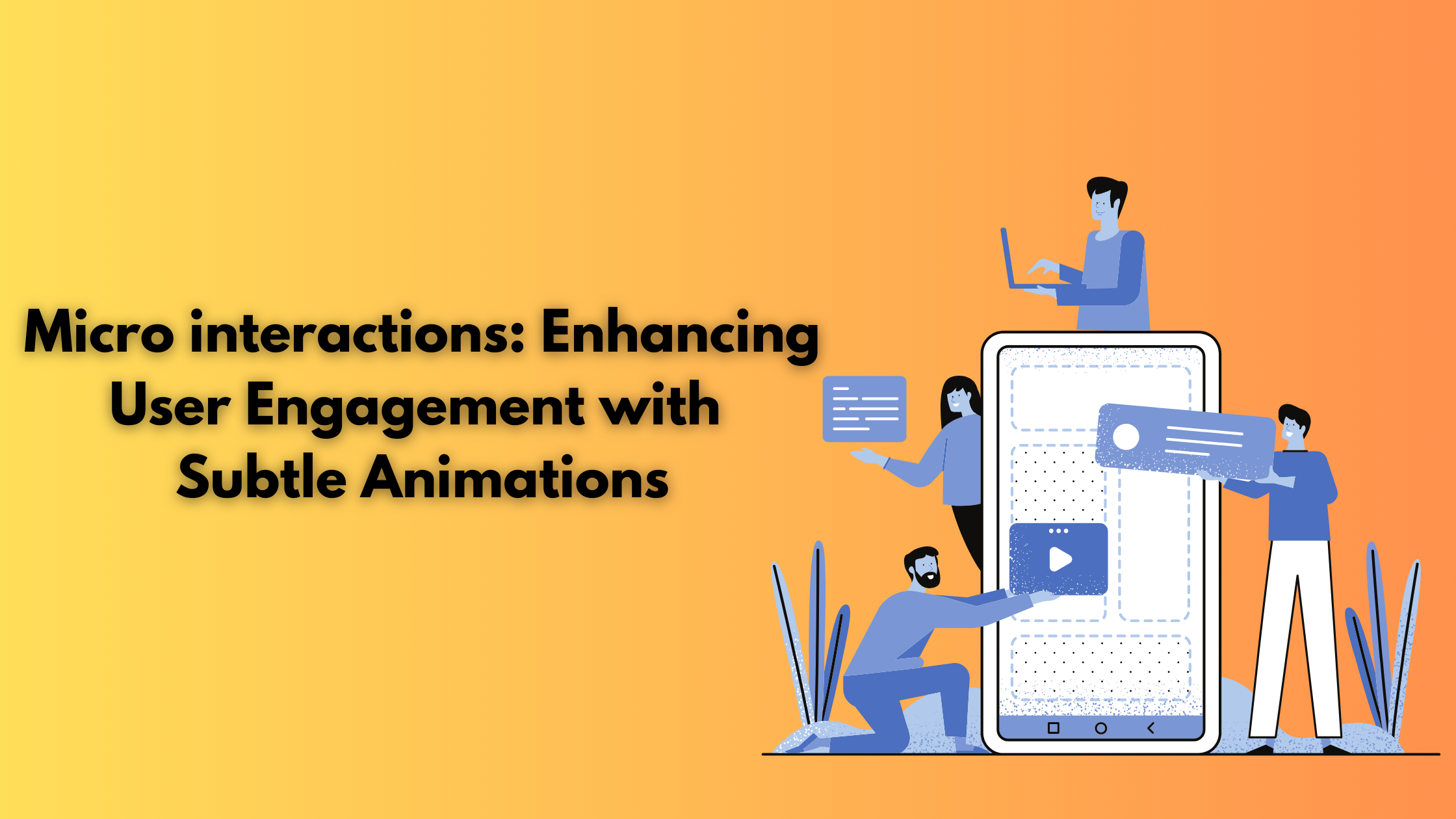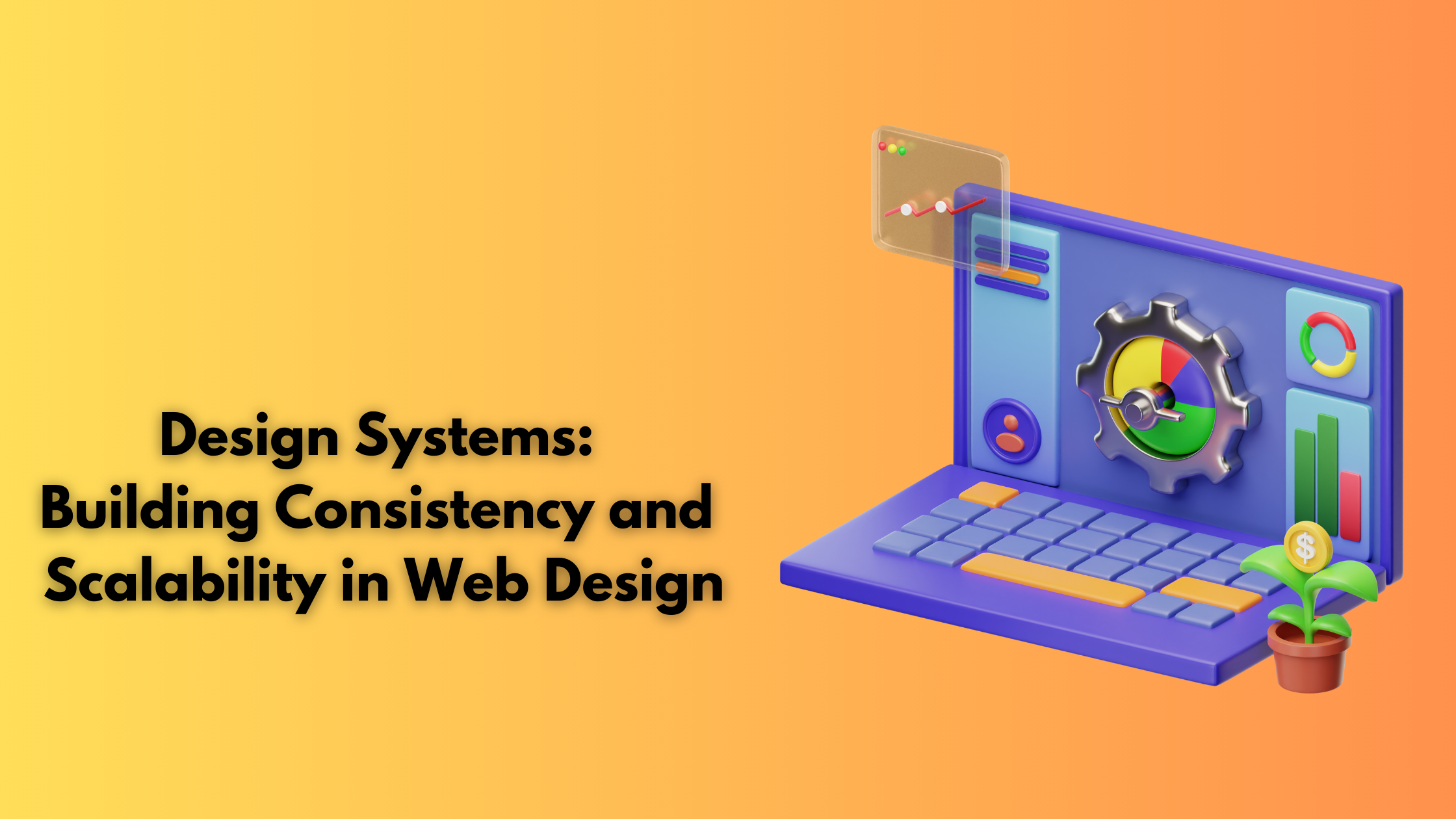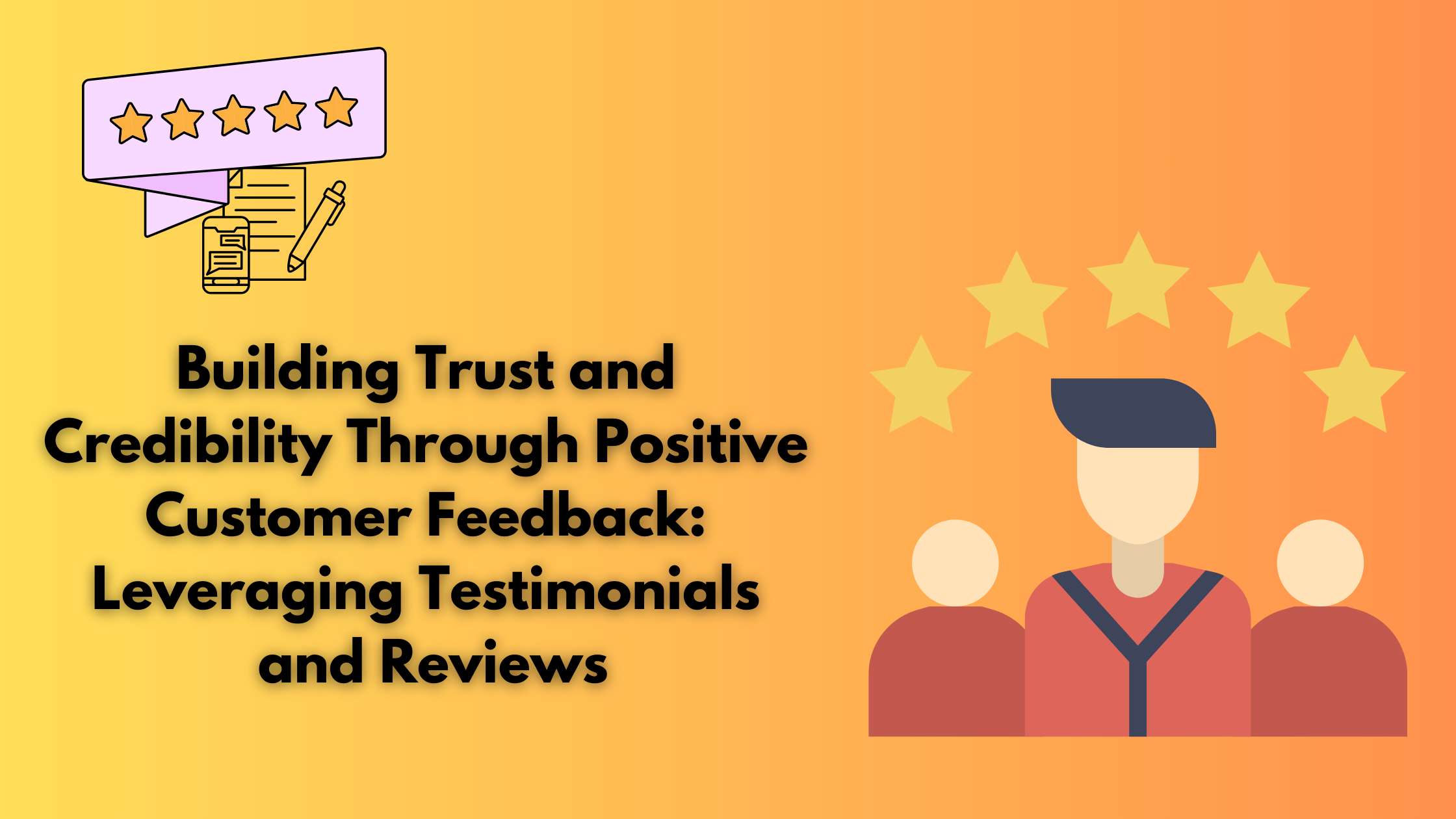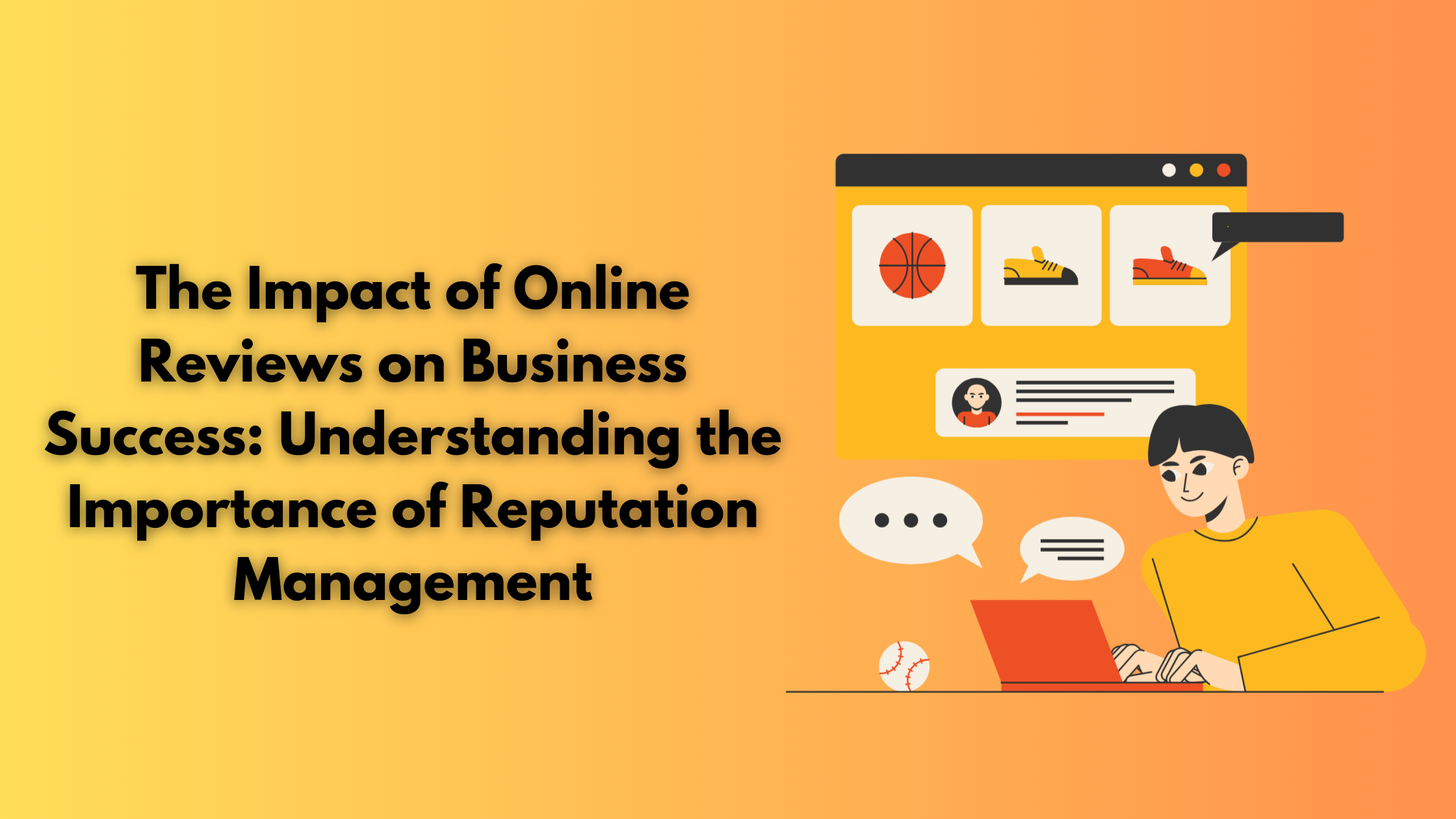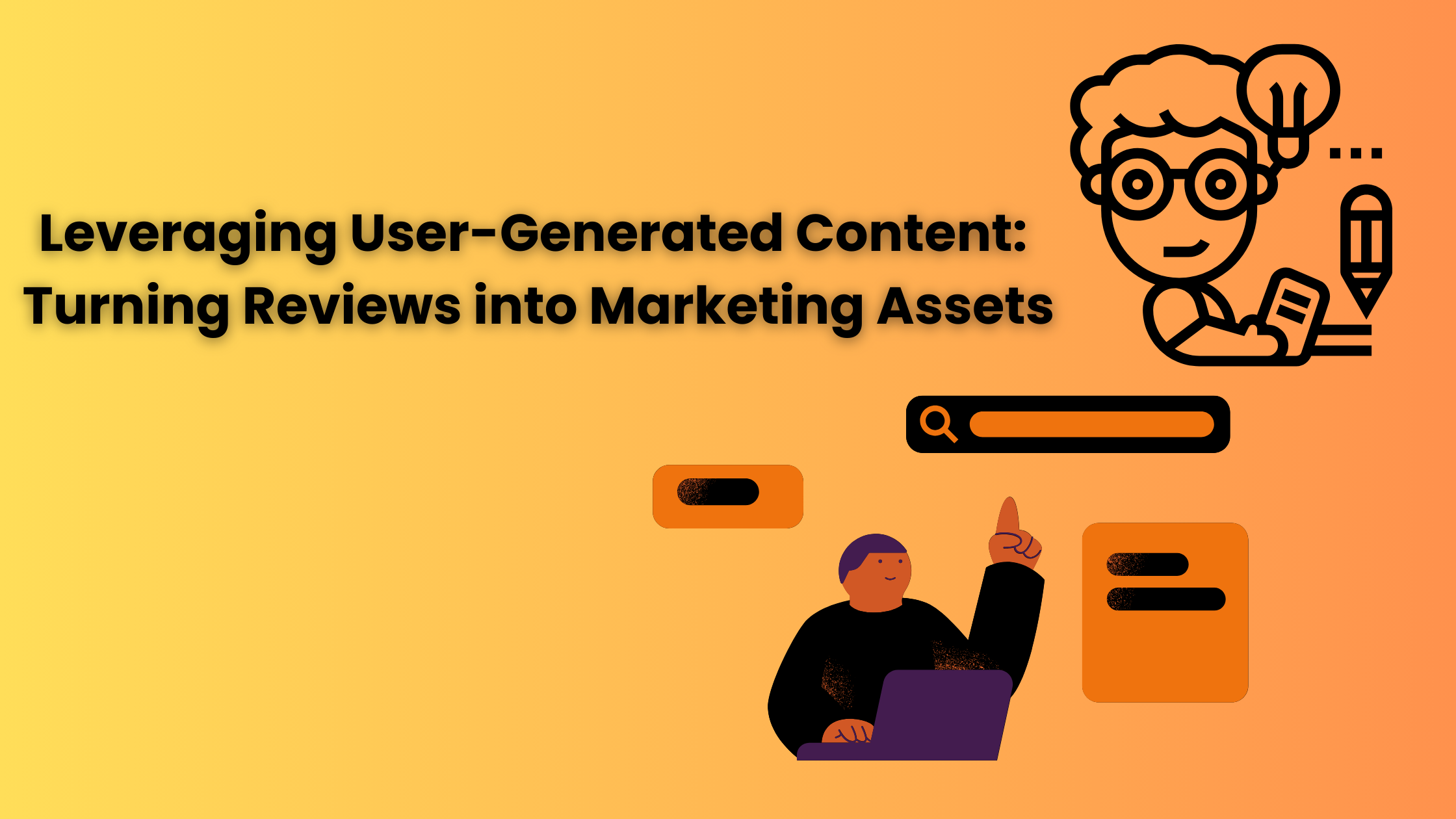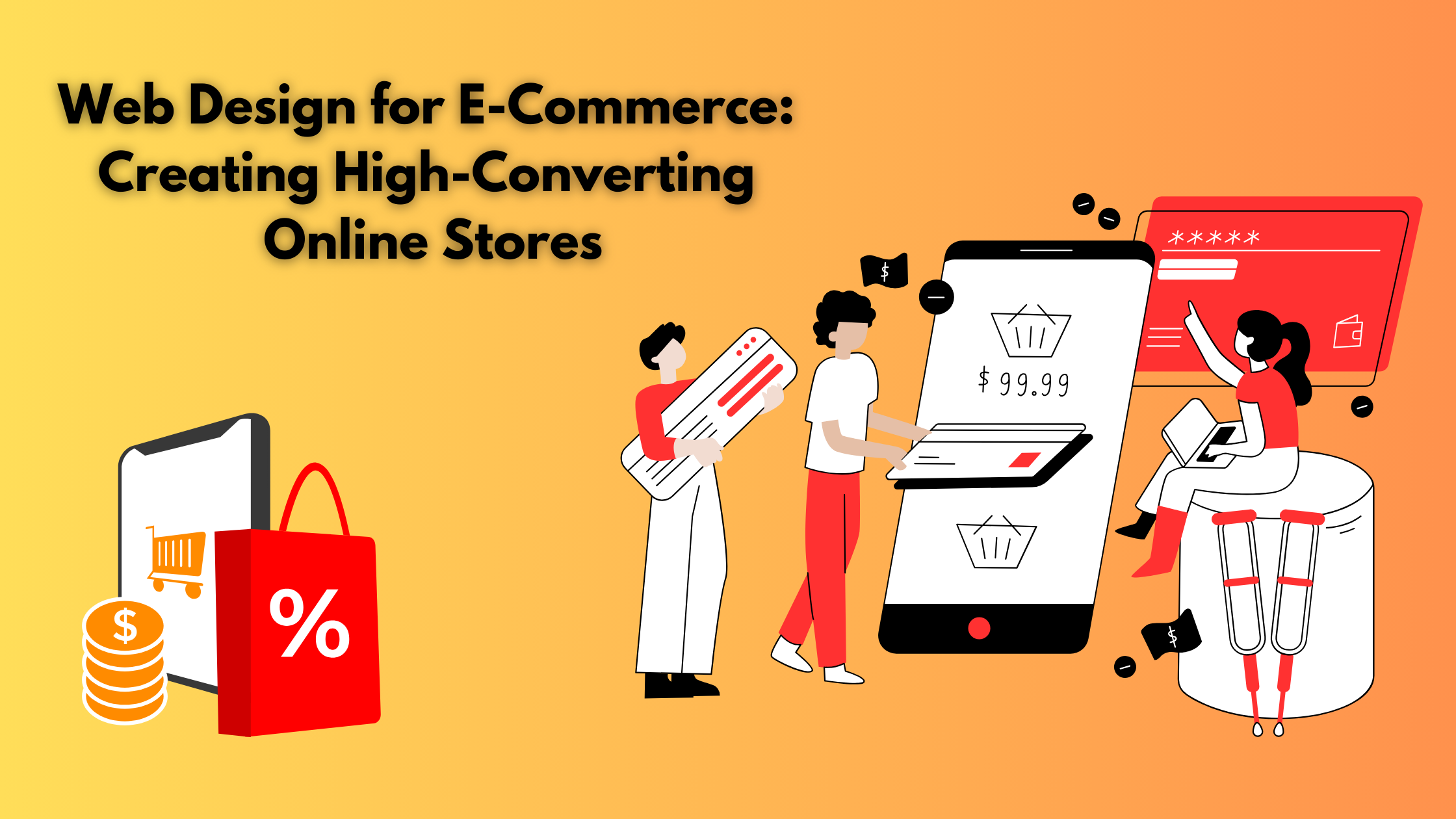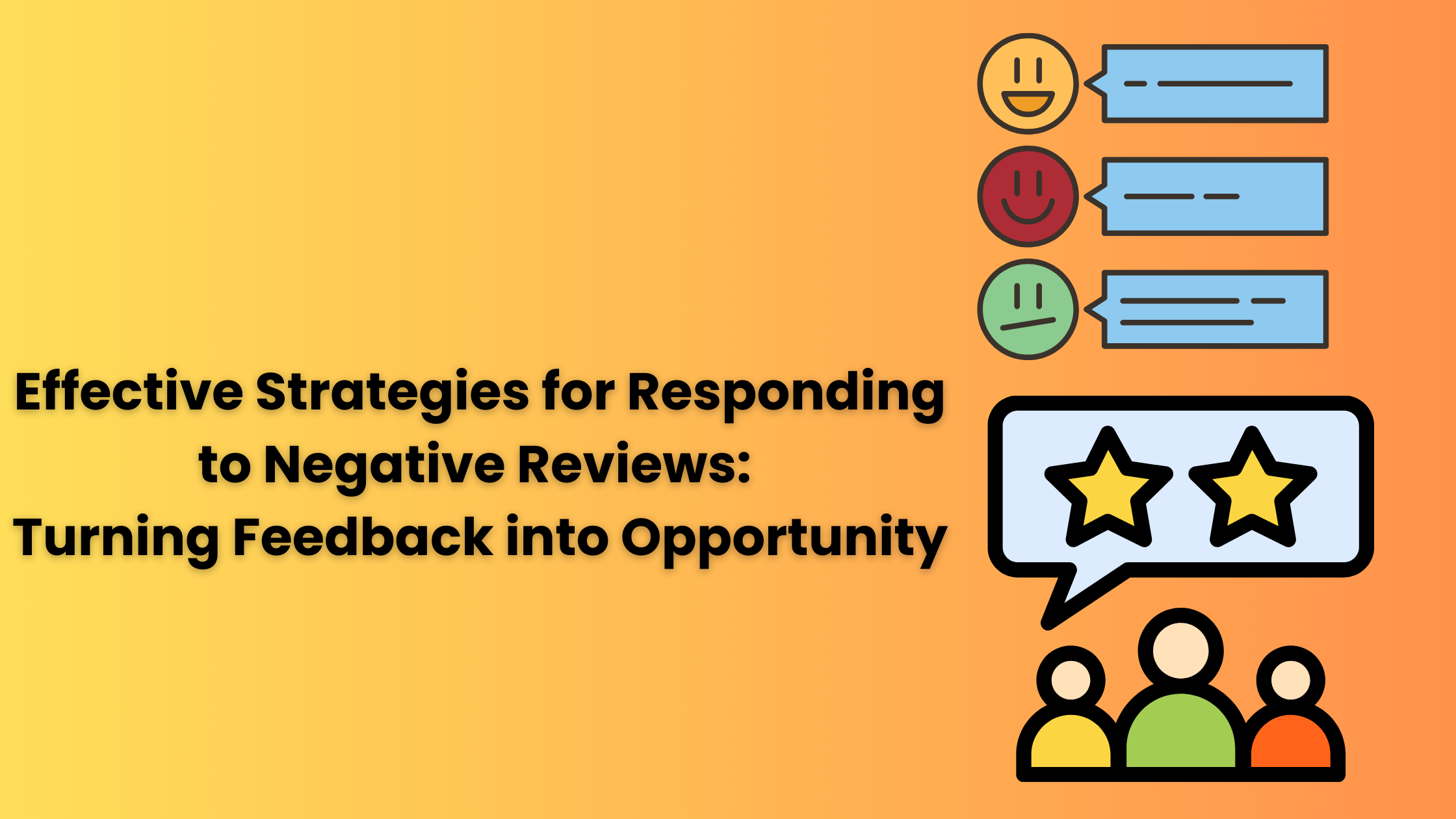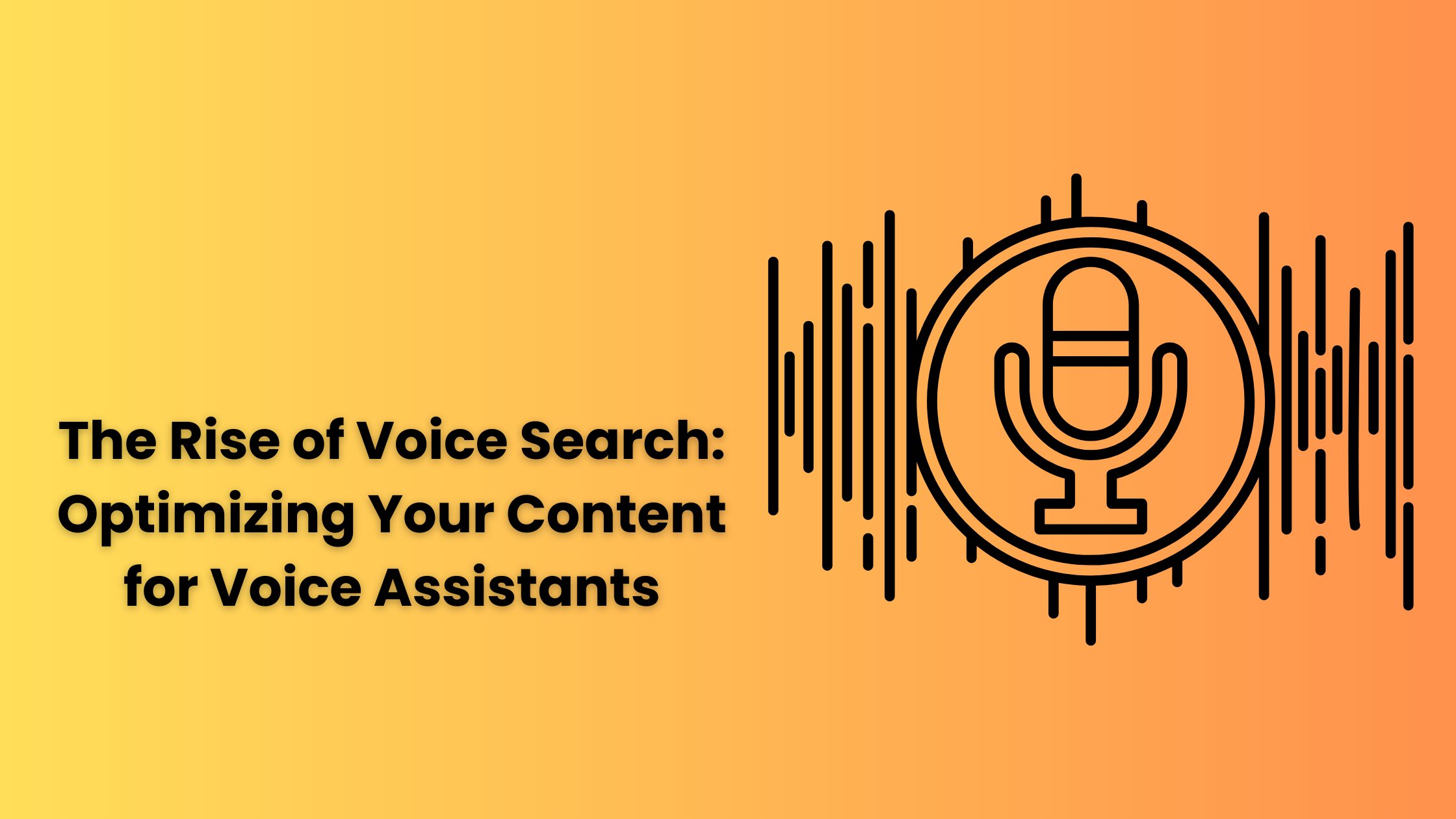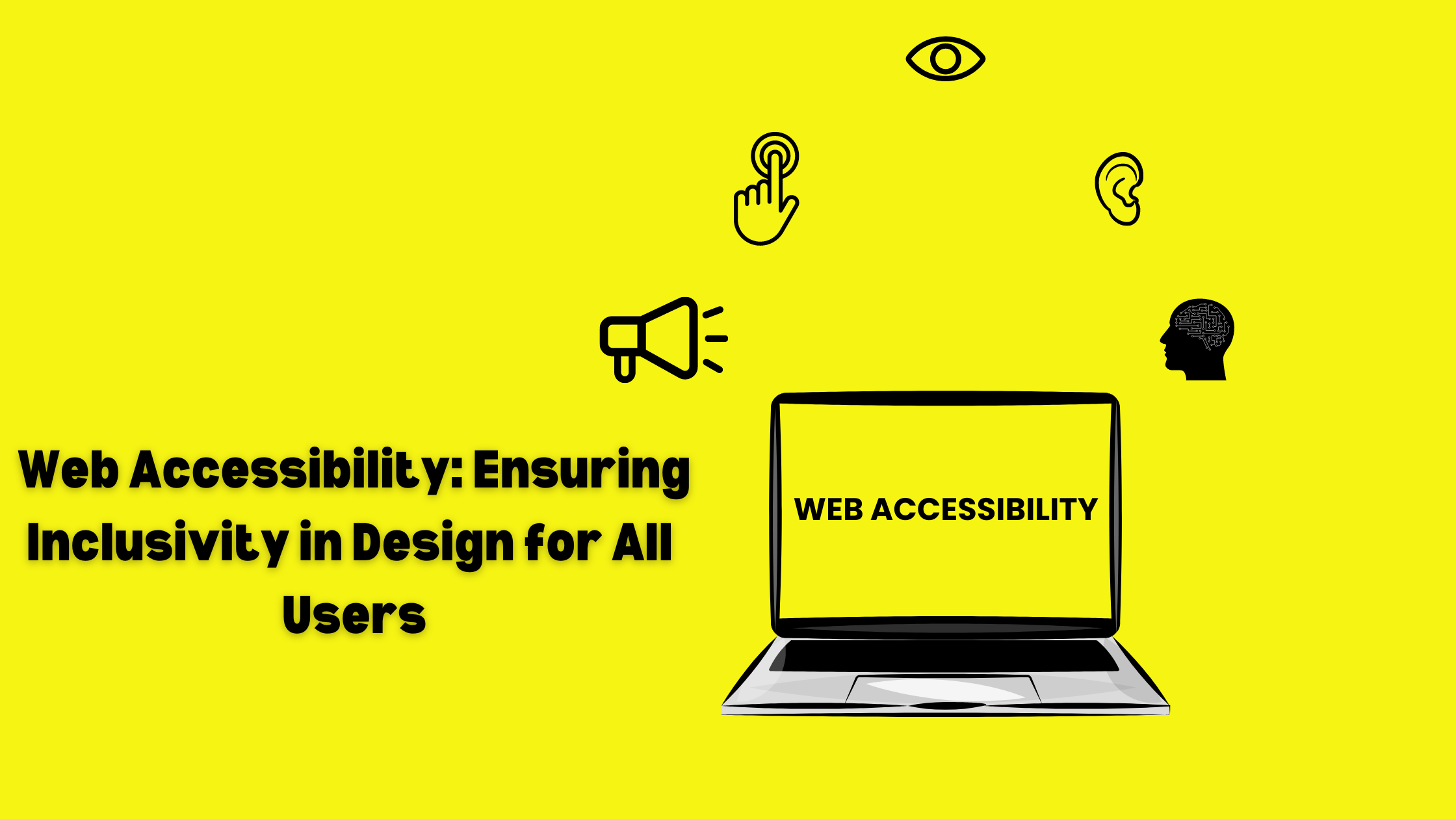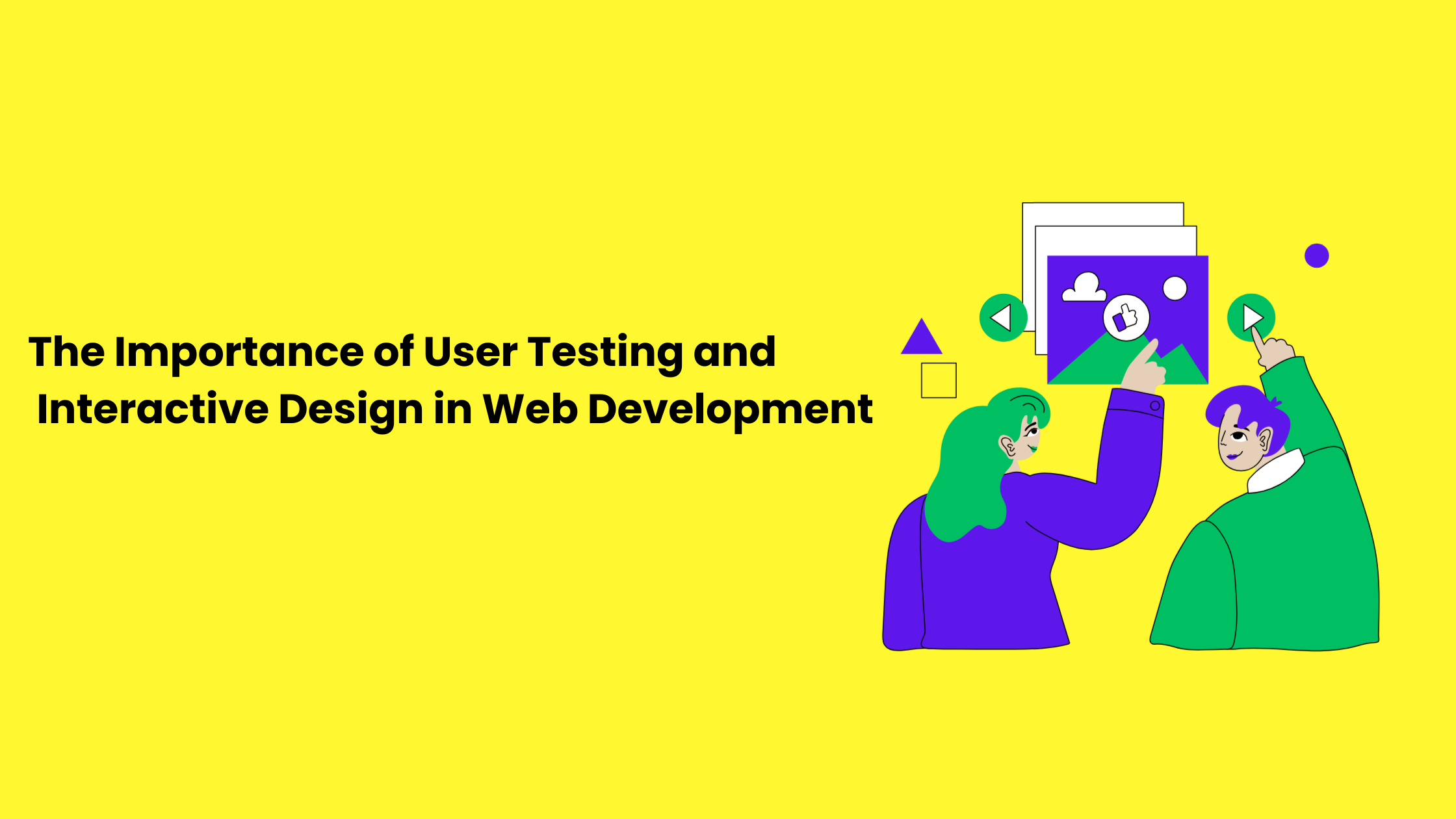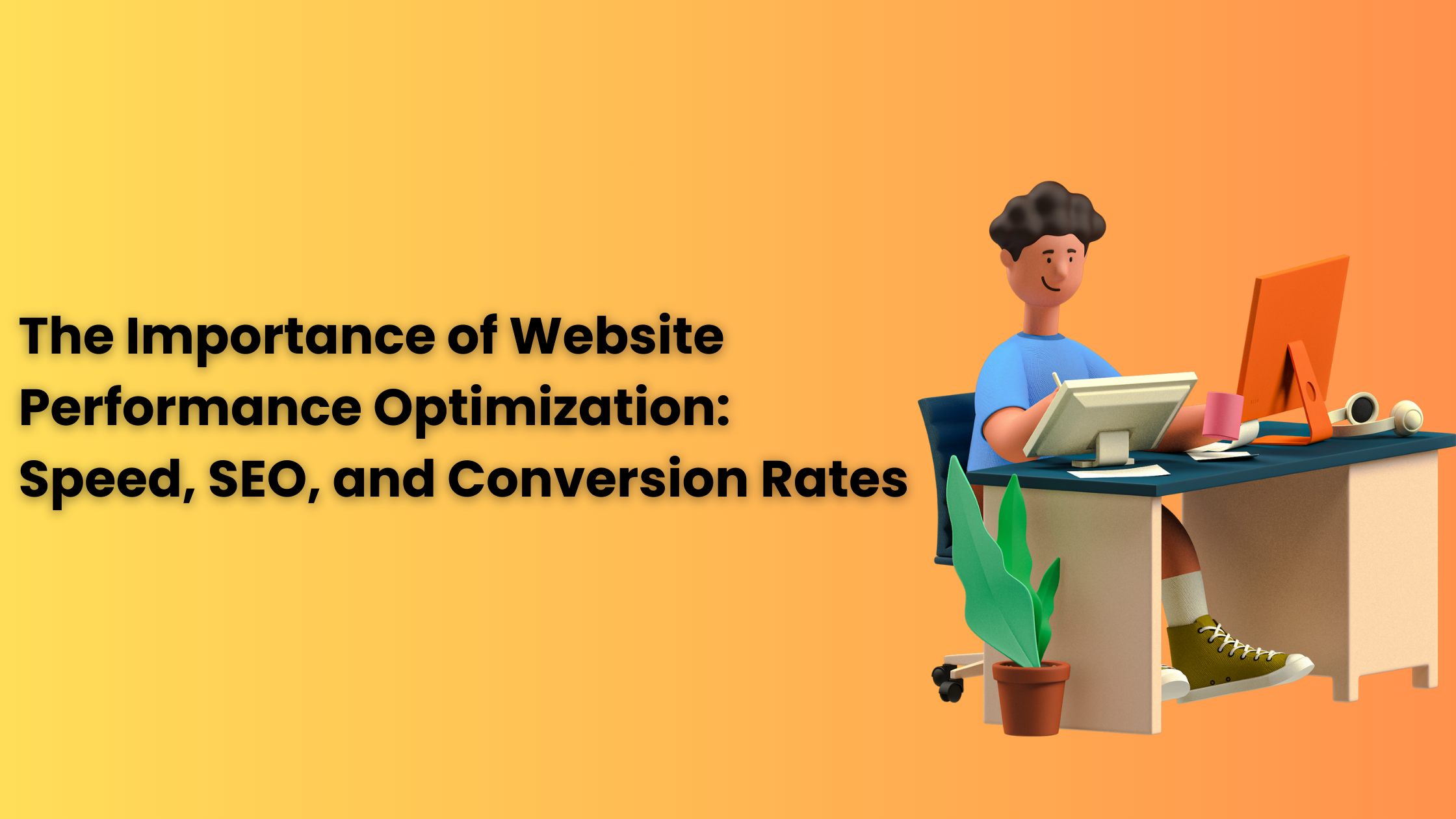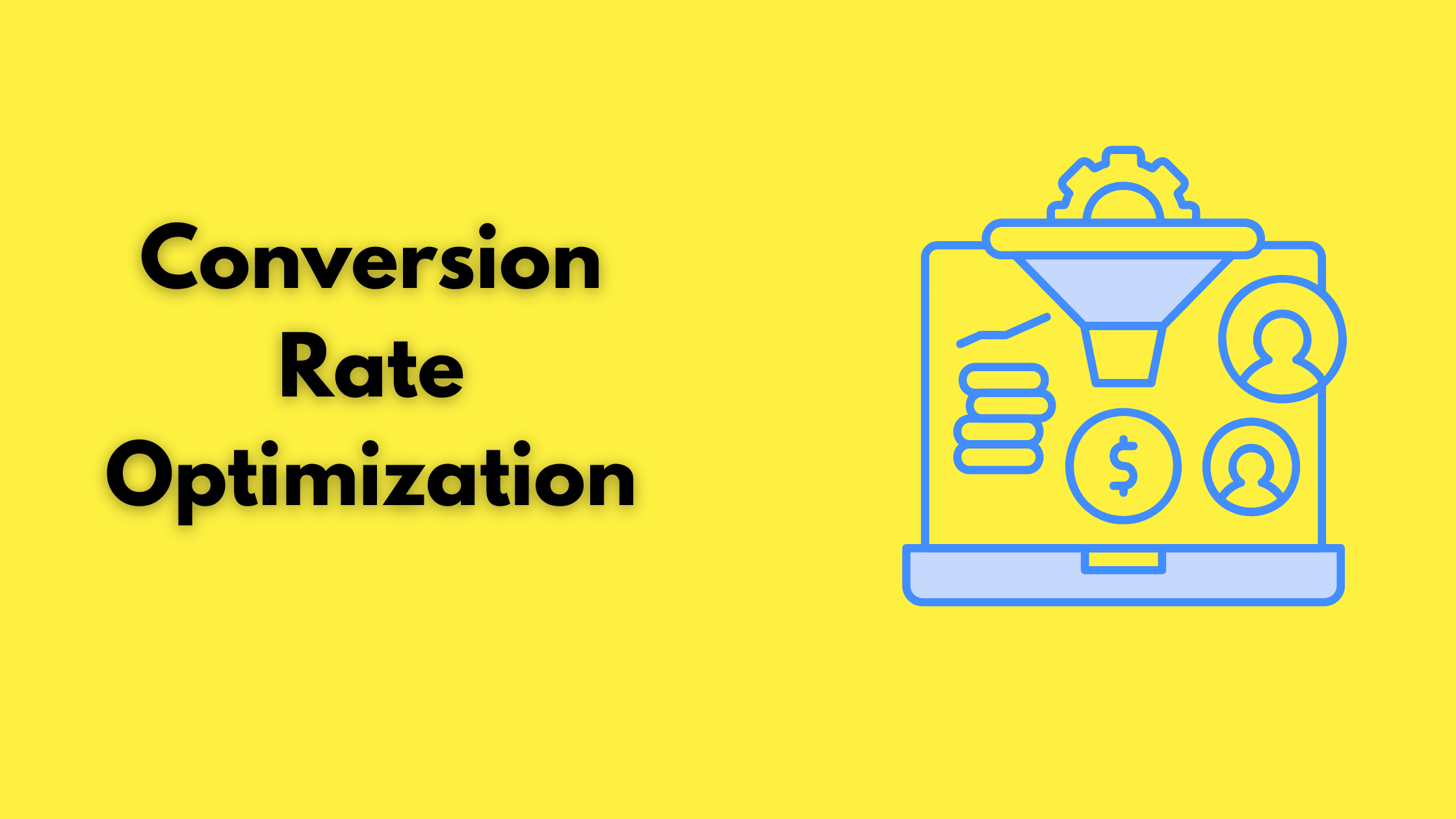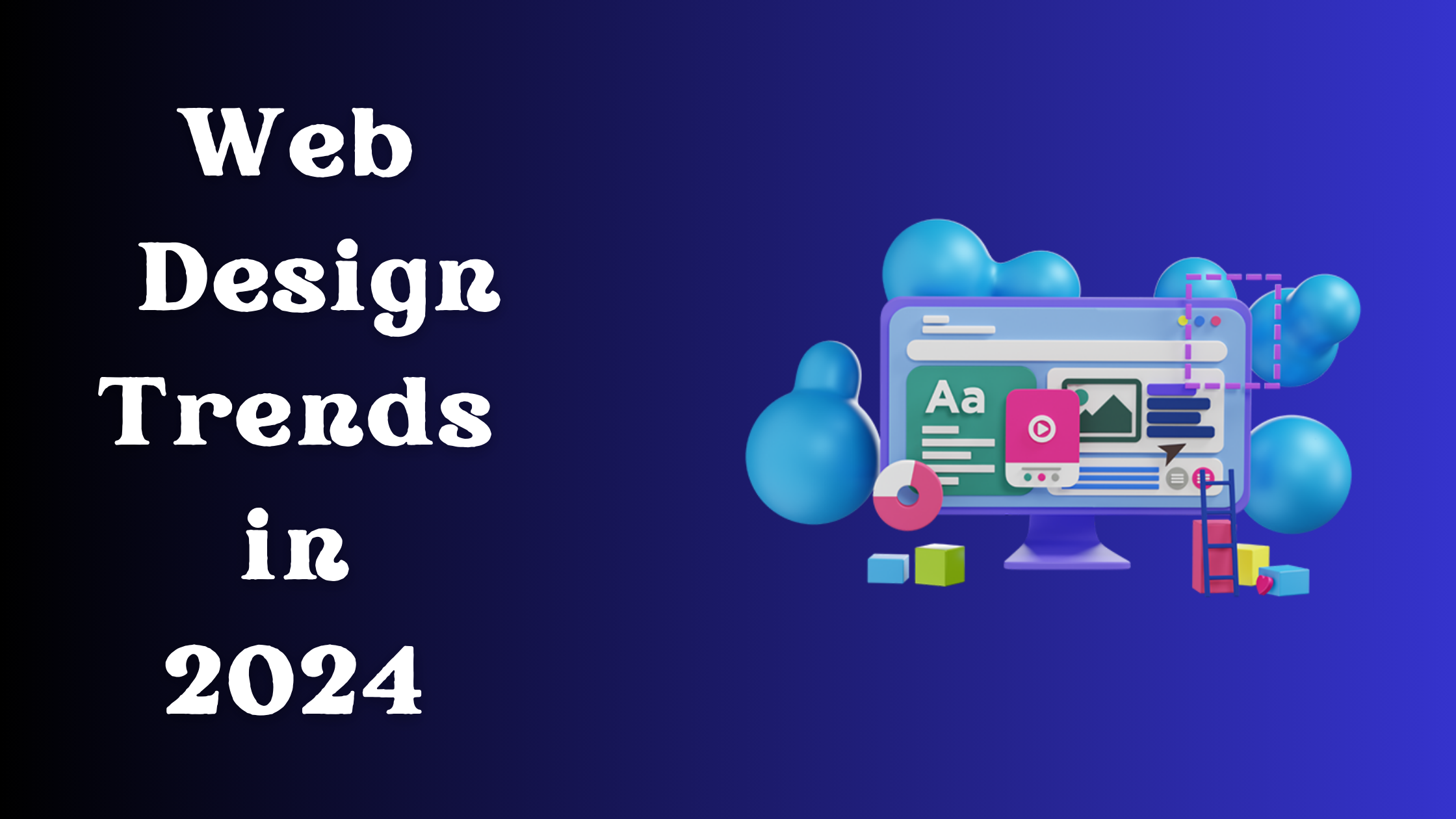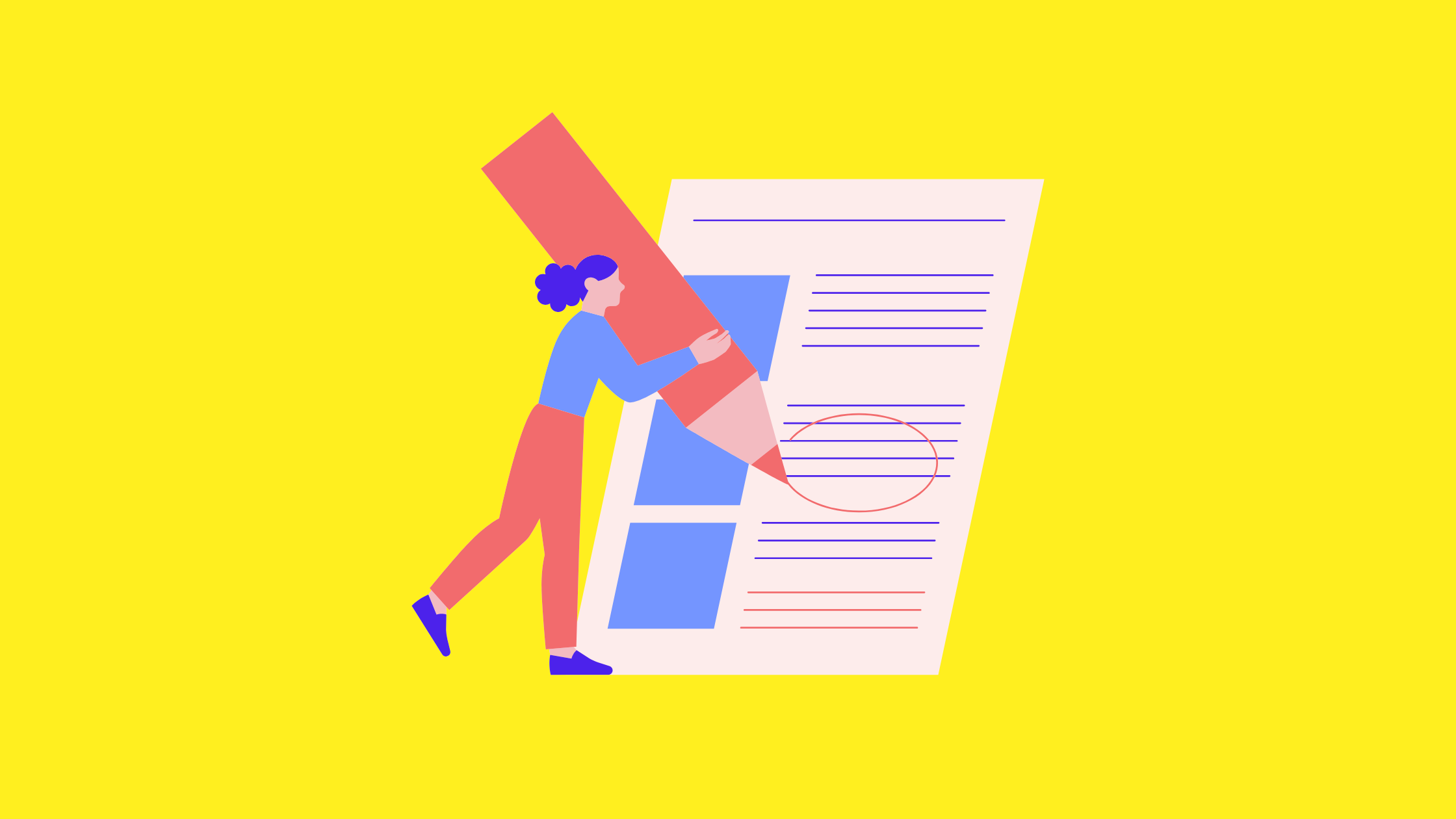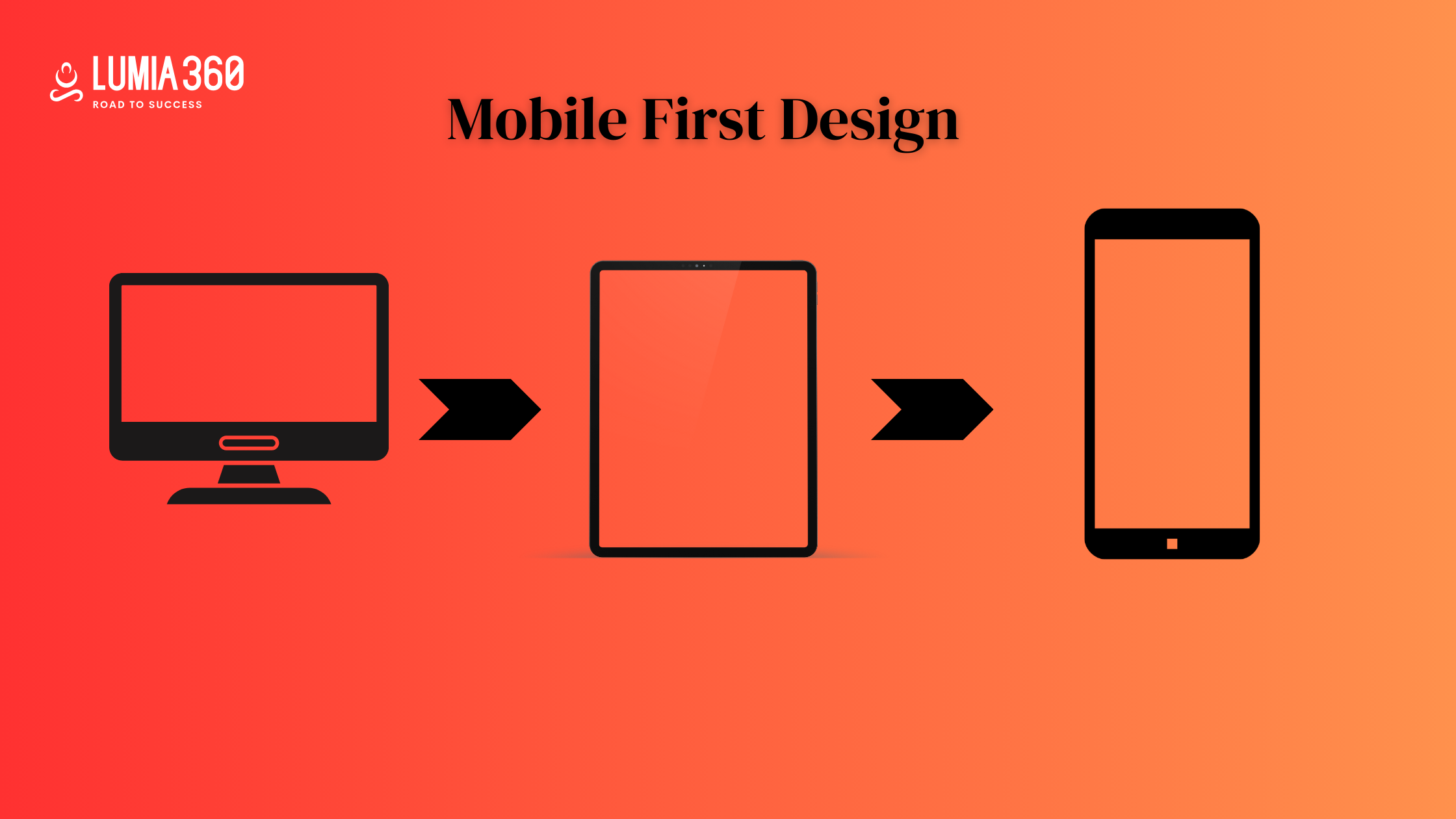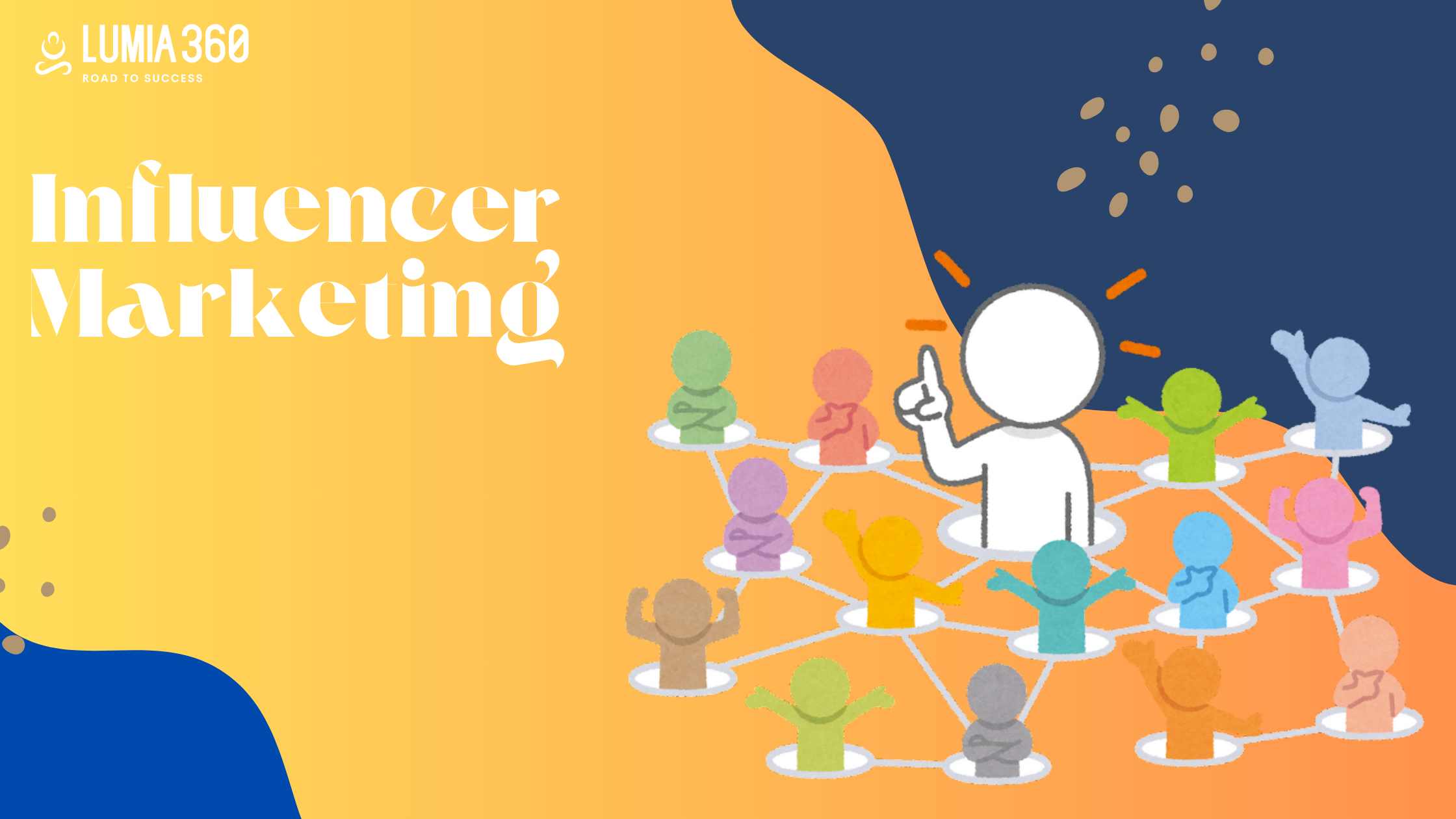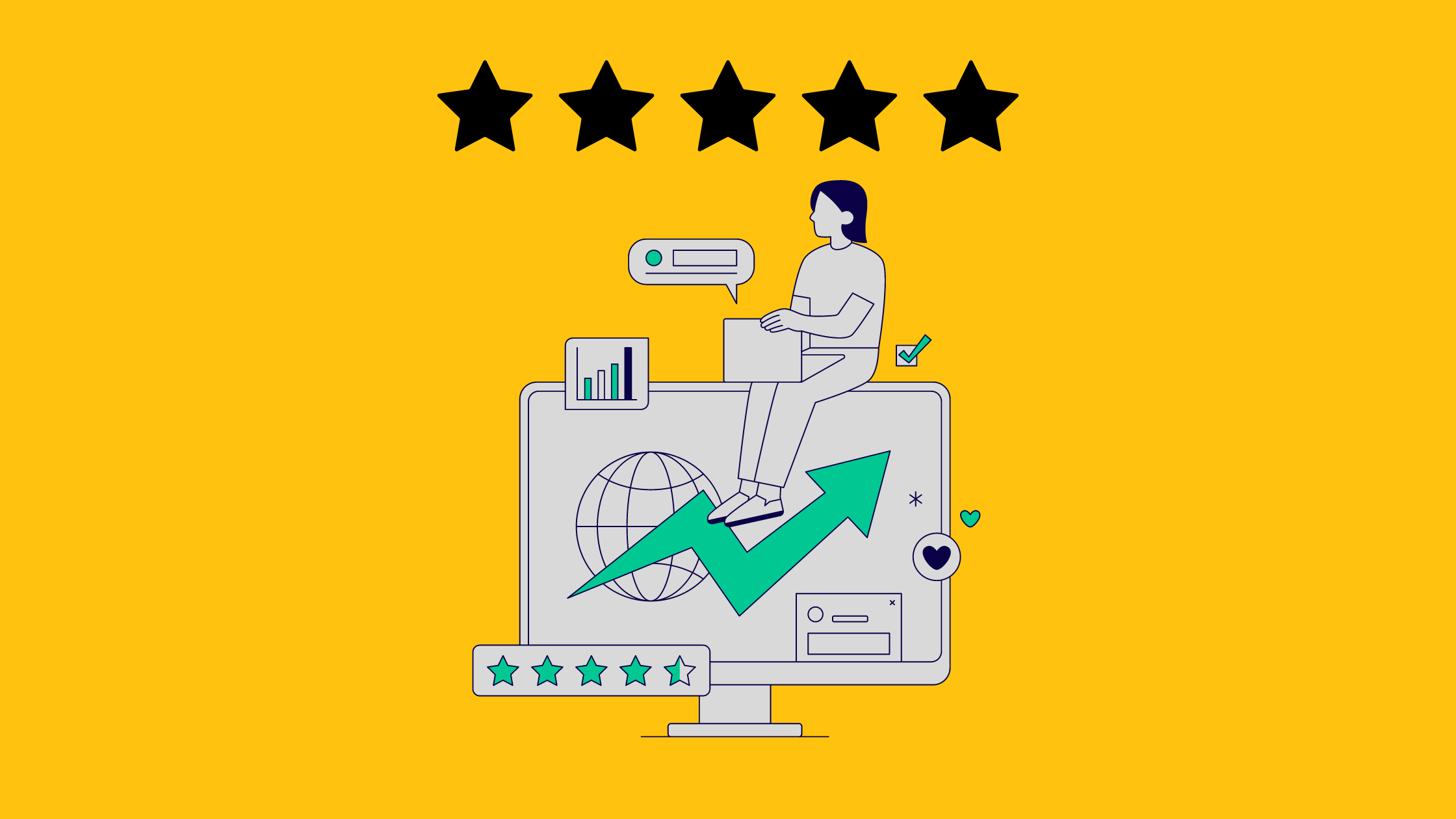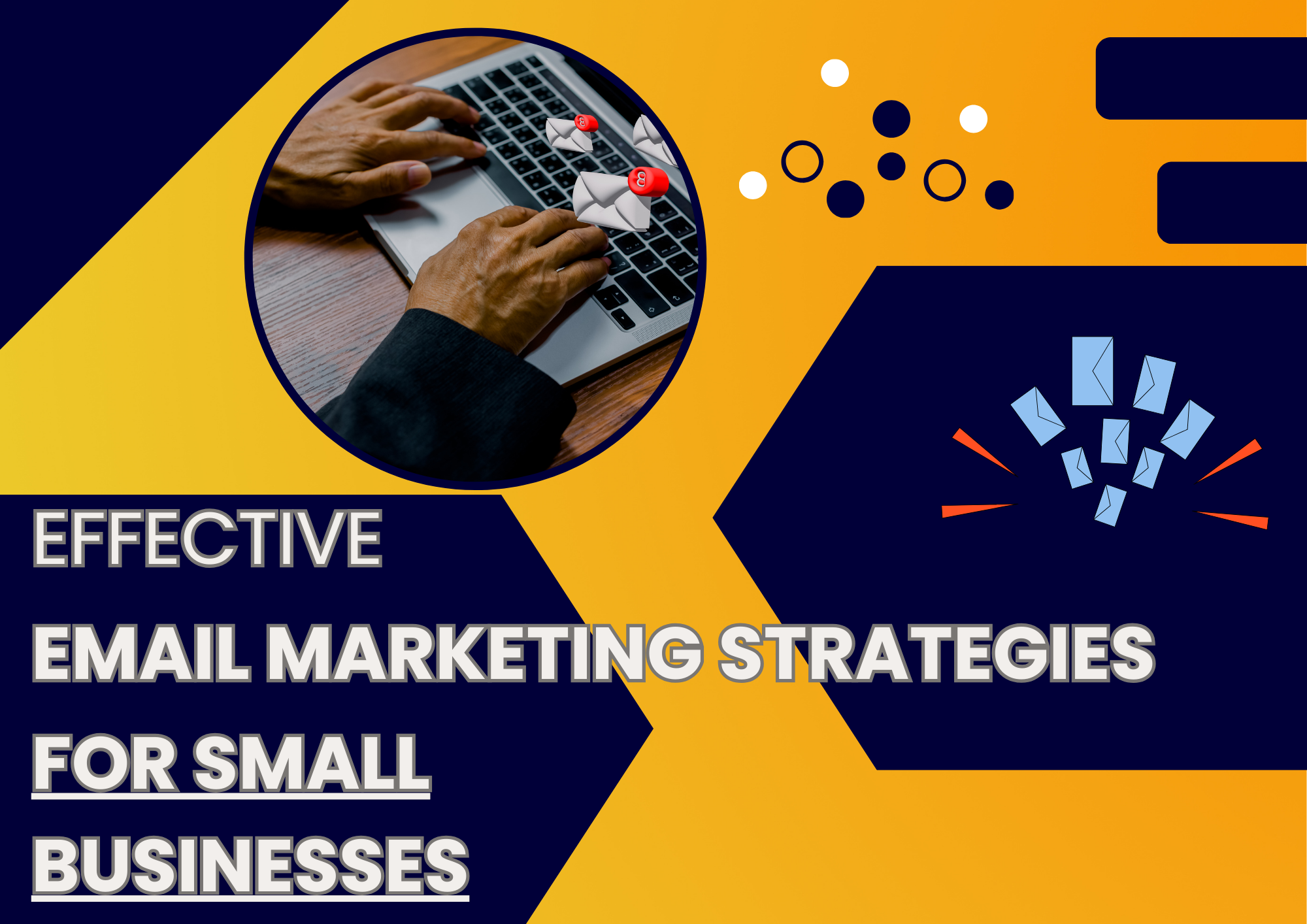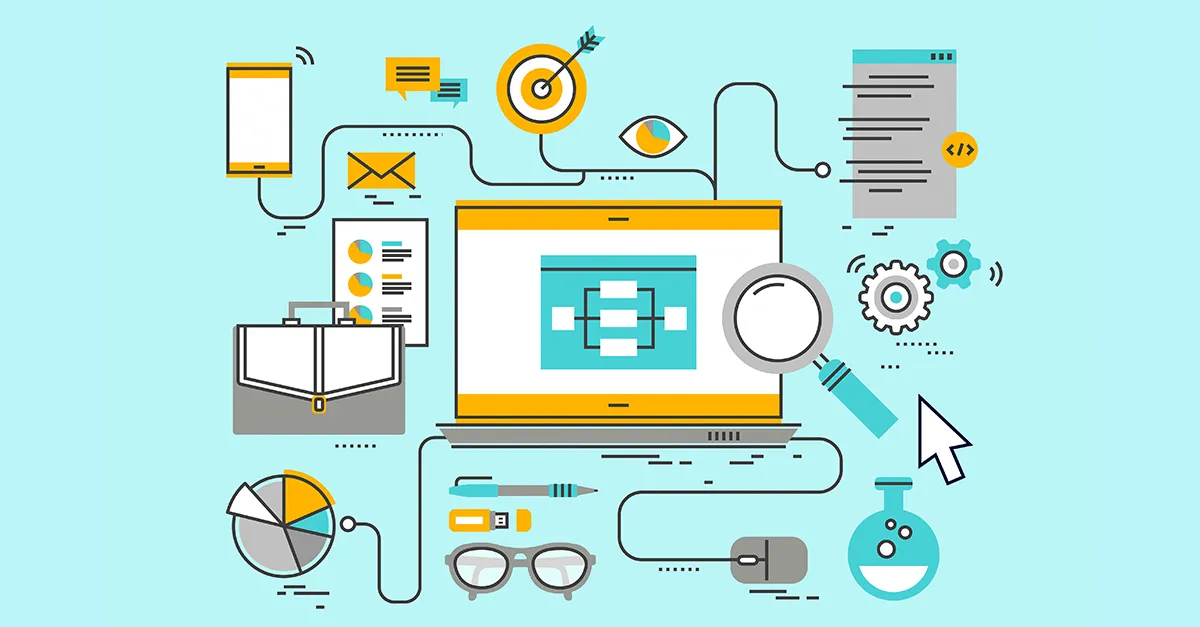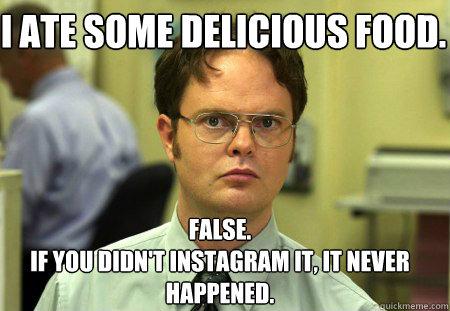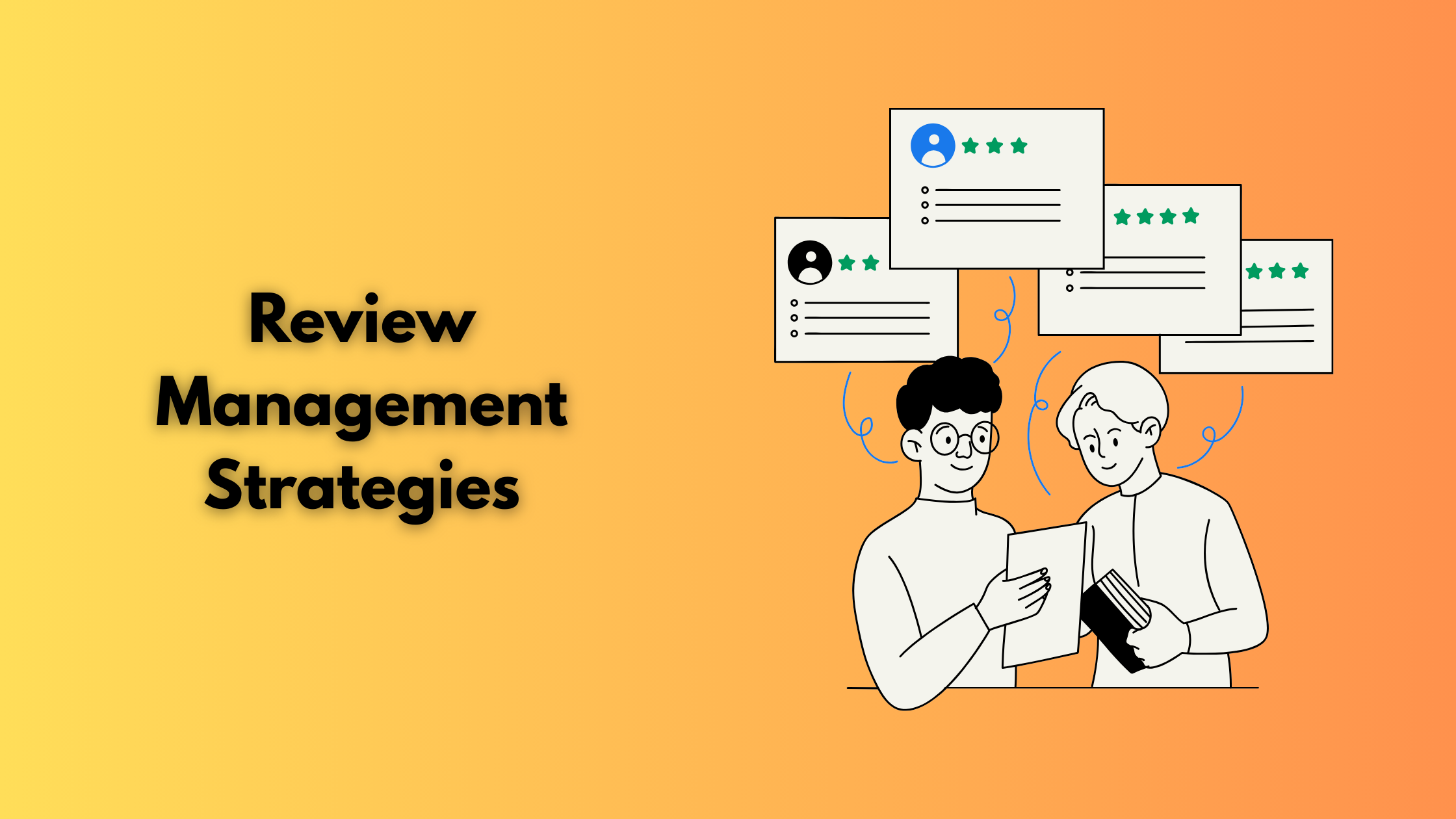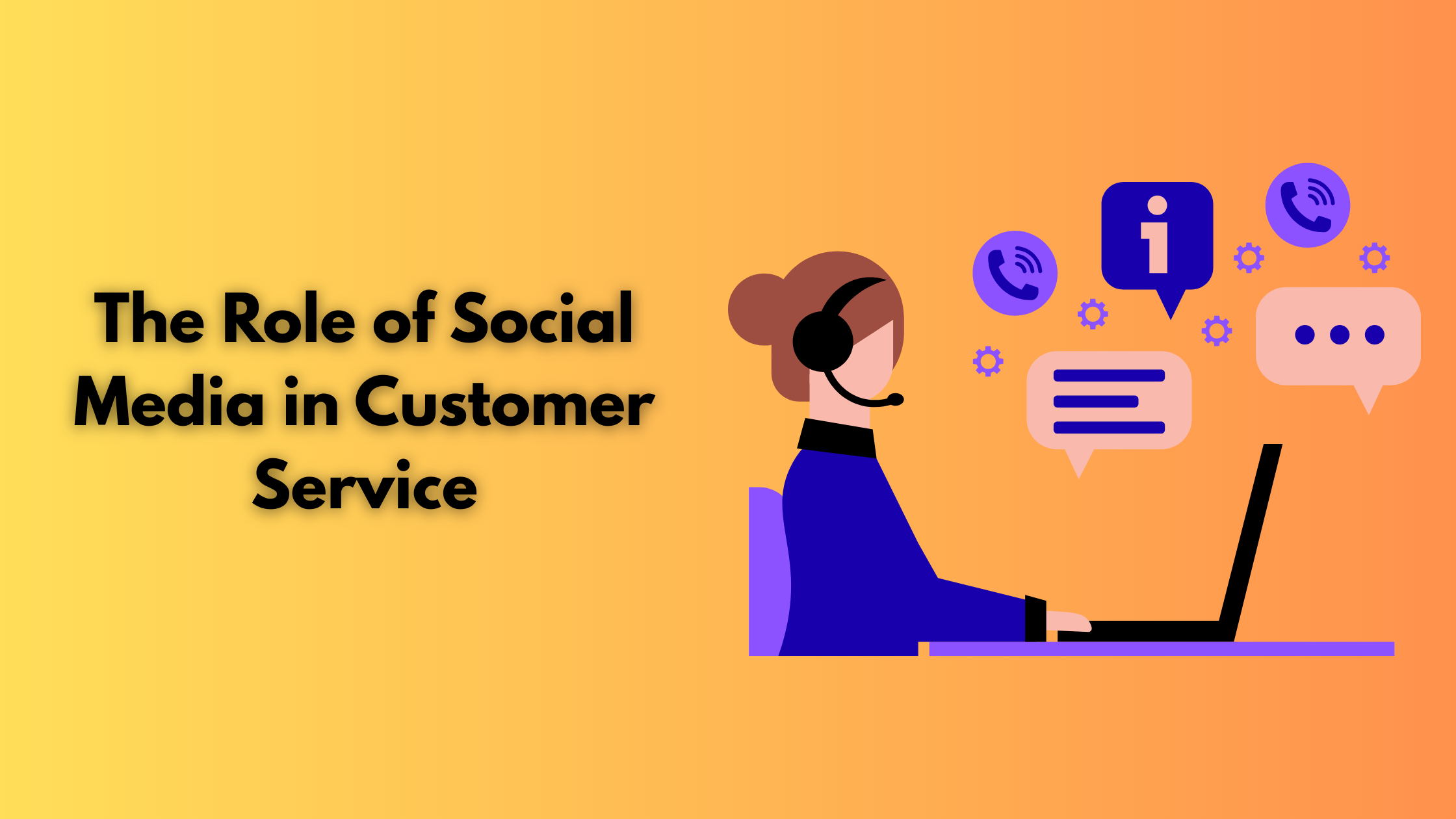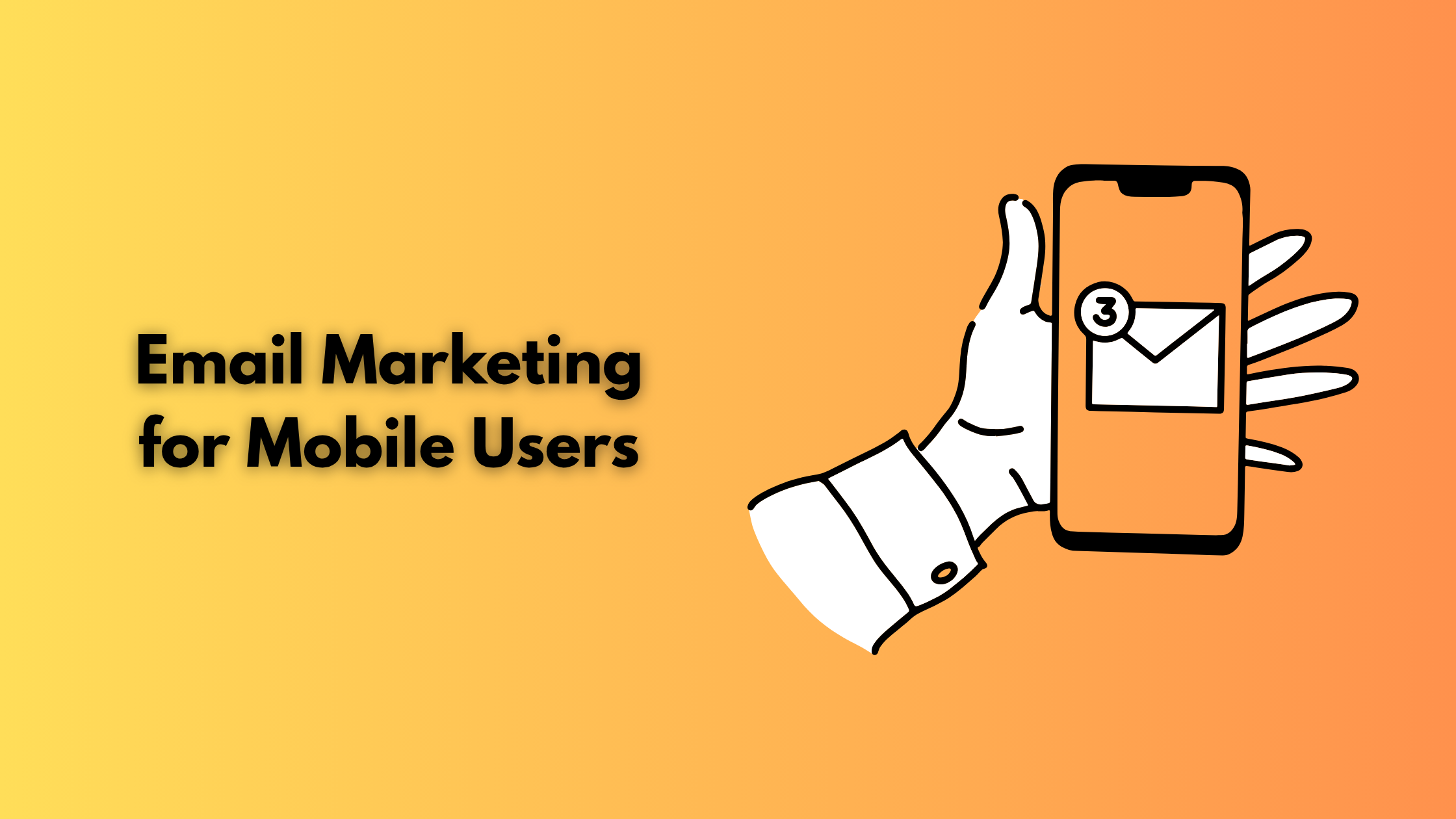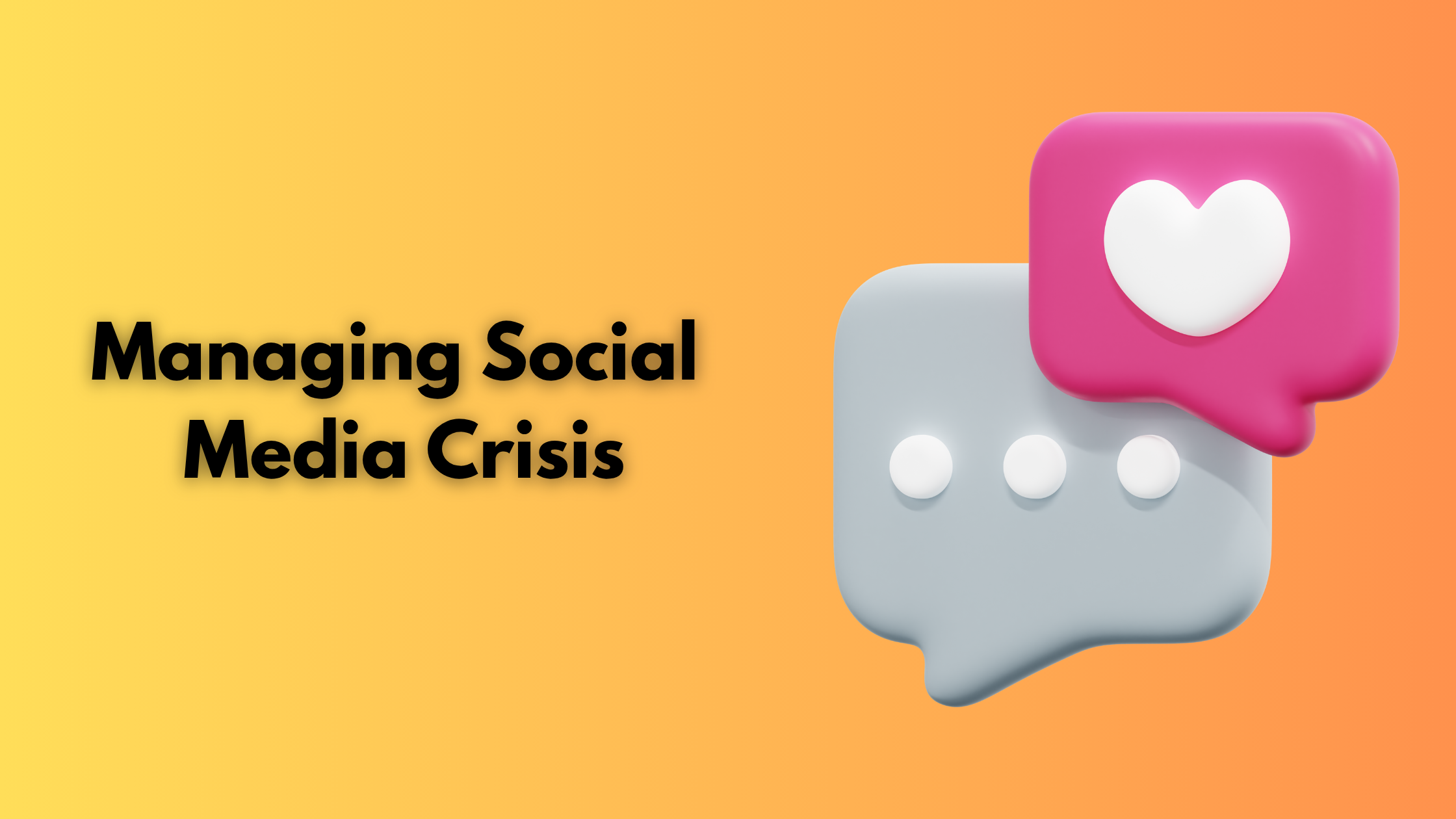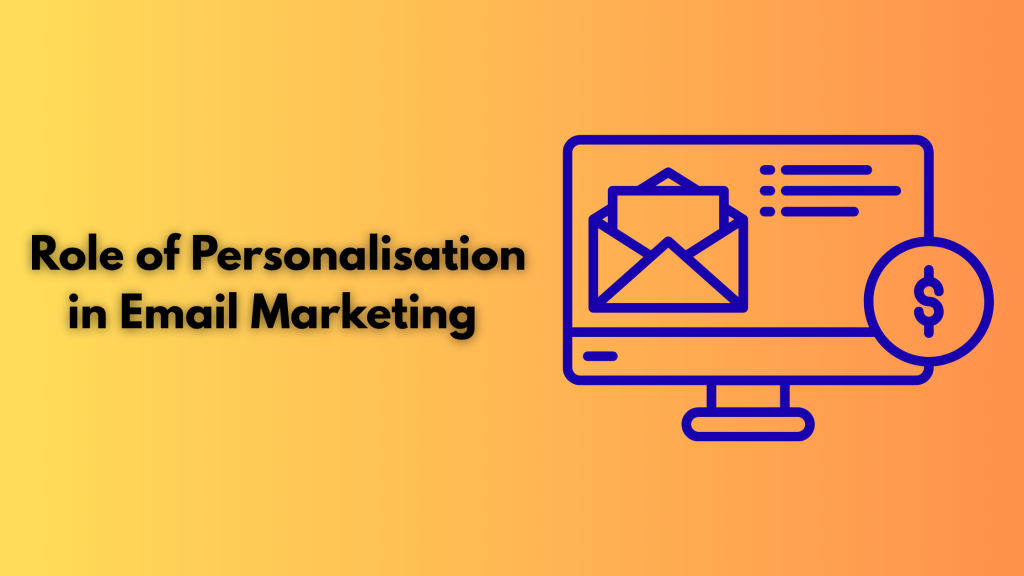
Competition for customers’ attention and engagement is difficult. According to a report, in 2025, there will be 4.5 billion email users globally, with an expected increase to 4.73 billion by 2026. People receive dozens of emails every day, but only a few of them are opened. To stand out from the competition, you must put extra effort into personalizing your emails.
Personalisation positively impacts your customer experience through behavioural response. According to a report, 80% of customers say they are willing to make a purchase when they are provided with a personalized experience. Additionally, it increases open rates and drives revenue by 760% because it provides subscribers with more relevant, meaningful, and personalized content.
In this article, we’ll learn what the benefits of email personalization are and how to collect data for it. Also, some of the best practices to improve personalization!
What is Email Personalization and its benefits?
Email personalization is a strategy that marketers use to deliver customized email content to subscribers in respect on their interests, preferences, and past purchases. It helps in creating meaningful communication. These personalized emails use subscribers’ data, such as name, company, location, etc so that the email content engages the subscribers. It makes customers feel as if the email was designed specially for them. The content of the personalized email should appeal to your audience. Also, it should be timely so that it reaches the users whenever they need it, such as suggestions or offers. One such example is an abandoned cart reminder, which sends reminders to the customer who has added an item in the cart but did not make the purchase.
Email personalization helps in building strong relationships between the brand and its customers. Personalized emails are opened more than non-personalized emails. According to a report, emails with personalized subject lines have 26% higher open rates. Personalized emails have a 139% increase in click rate compared to static one-time sends. Personalized emails
How to collect Data for Personalisation
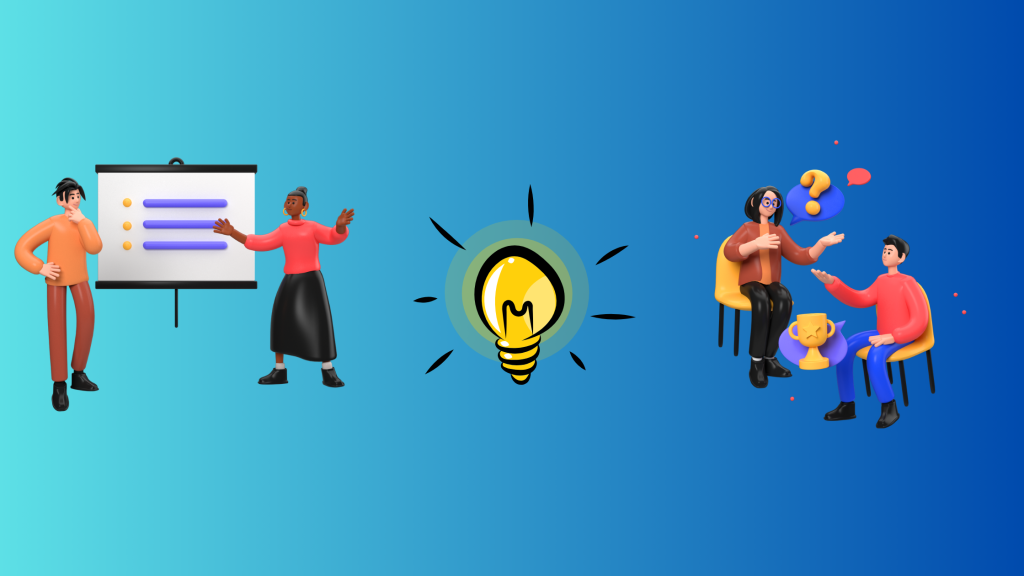
For creating a successful personalized email, you need data of the customers through which you can access their personal information easily. Here are some of the ways through which you can collect customer data
- Subscription Form: Improving your email subscription form is a quick way to gather basic information about your subscribers. You can expand your form to include more information other than email addresses. You can add additional data fields such as name, location, birthday, etc. However, these additional data should be relevant to your brand.
- CRM Integration: Integrating your email system with a customer relationship management system to give you additional data about your customers. The CRM tools manage your data and let you perform in-depth analysis.
- Browser tracking: In this method, users use cookies to track a customer’s behaviour while on your site. It provides you with a large amount of behavioural data that helps you in determining the behaviour and preferences of your customers. After knowing the customer’s current interest, you can provide hyper-personalized product recommendations. You can also use targeted emails to cross-sell similar products and avoid cart abandonment.
- Social Media Interactions: You can also monitor the social media interactions of your customers to gain data related to their interests and behaviour.
- Customer Service: You can send a survey form to your customers from where you can gather direct feedback and data related to the customers.
Best Practices for Email Personalization Marketing
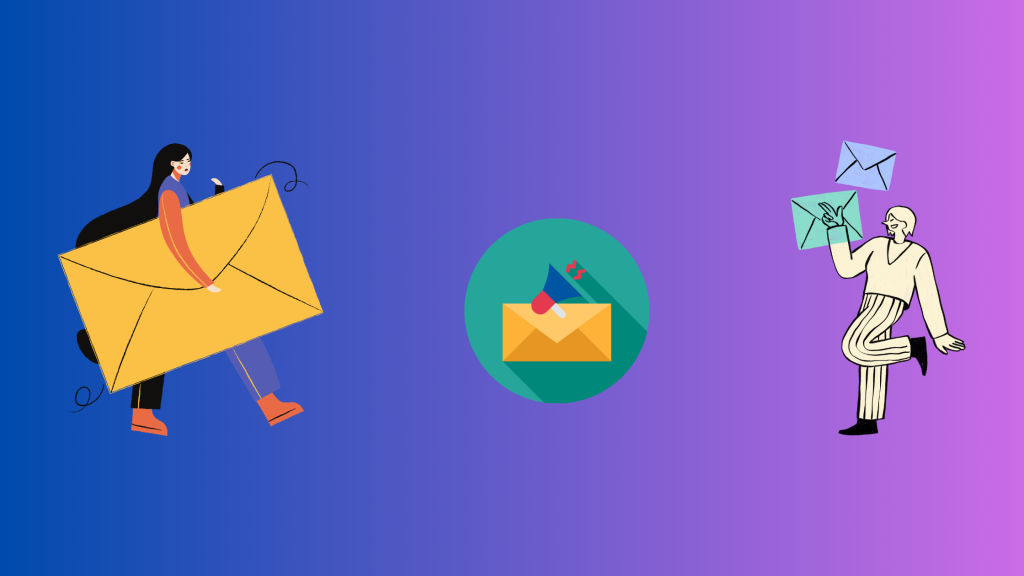
Here are some best practices of email personalization marketing to make the most of it.
- Relevant Content: Without meaningful and relevant content, you can’t impress your customers. With personalization, you can make your messages hyper-relevant to each customer. Even a little information, such as the recipient’s name, age, etc, can yield long-term benefits. You can personalize the subject line, visual identity, etc, to create a more meaningful message.
- Timely Email: Send your emails at the correct time so that you have the opportunity to make them convert. Cart abandoned email is one such that pushes the customer ahead in the customer journey, but reminds them about the product in their cart.
- Dynamic experience: Customers engage with you through various channels; despite all this, your email experience should meet their expectations regarding the shopping experience. You must tailor all the elements of an email, such as subject line, images, content, etc, to provide a wholesome experience.
- Send Time: Personalizing when and how often you send emails is as important as personalizing the content. Different customers have different expectations regarding the email frequency and engagement time. Use your email platform’s analytics to identify when customers are more likely to open and click through emails. At the same time, implement frequency capping to prevent email fatigue and use preference centers so that customers control their email experience. AI-powered send time optimization can determine the best for send emails to each customer based on their engagement pattern.
- Behavioral Triggers: Behavioral triggers are automated email responses based on customer inaction or action. These triggers allow you to respond to customer behaviour, deliver relevant content at the right time. Common behavioural triggers are welcome emails after sign-up, post-purchase follow-ups, etc. You should map customer behavior to appropriate email responses and automate these interactions through email marketing platforms. These triggers work because they are relevant and timely.
Personalized emails are the future of email marketing. It improves your performance metrics such as click-through rate, open rate, etc, but also helps in building a strong relationship between customers and brand. If you want to improve the effectiveness of your email through personalization, the first step is to gather sufficient data so that you appeal to customers’ needs and interests. To make appealing strategies, Lumia 360 provides digital solutions that provide guaranteed leads in just one month. Our social media marketing strategy has boosted the ROI of our client. To know more about our services, email us at info@lumia360.com or call 514-668-5599.
Read Also: The Impact of Social Media On Online Reputation
Read Also: The Benefits of using AI-powered Chatbots for Customer Service



